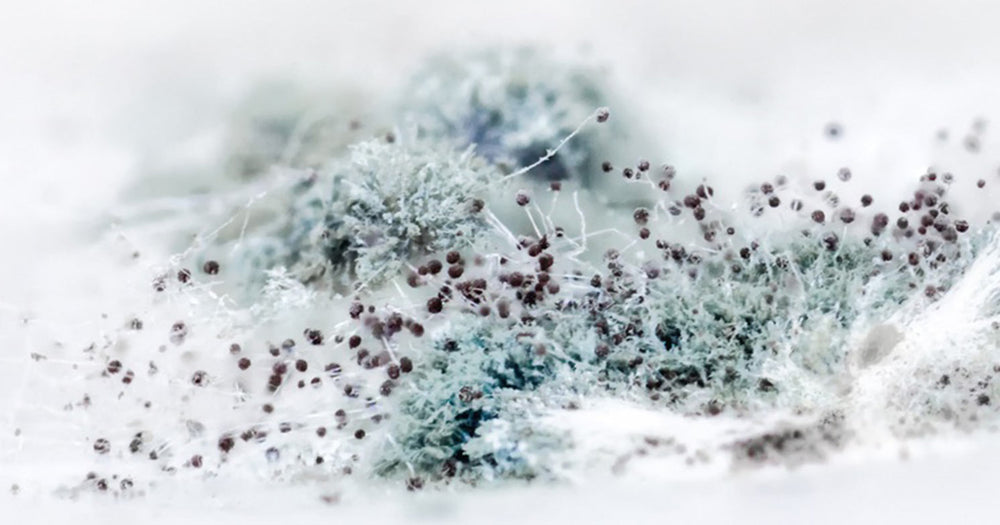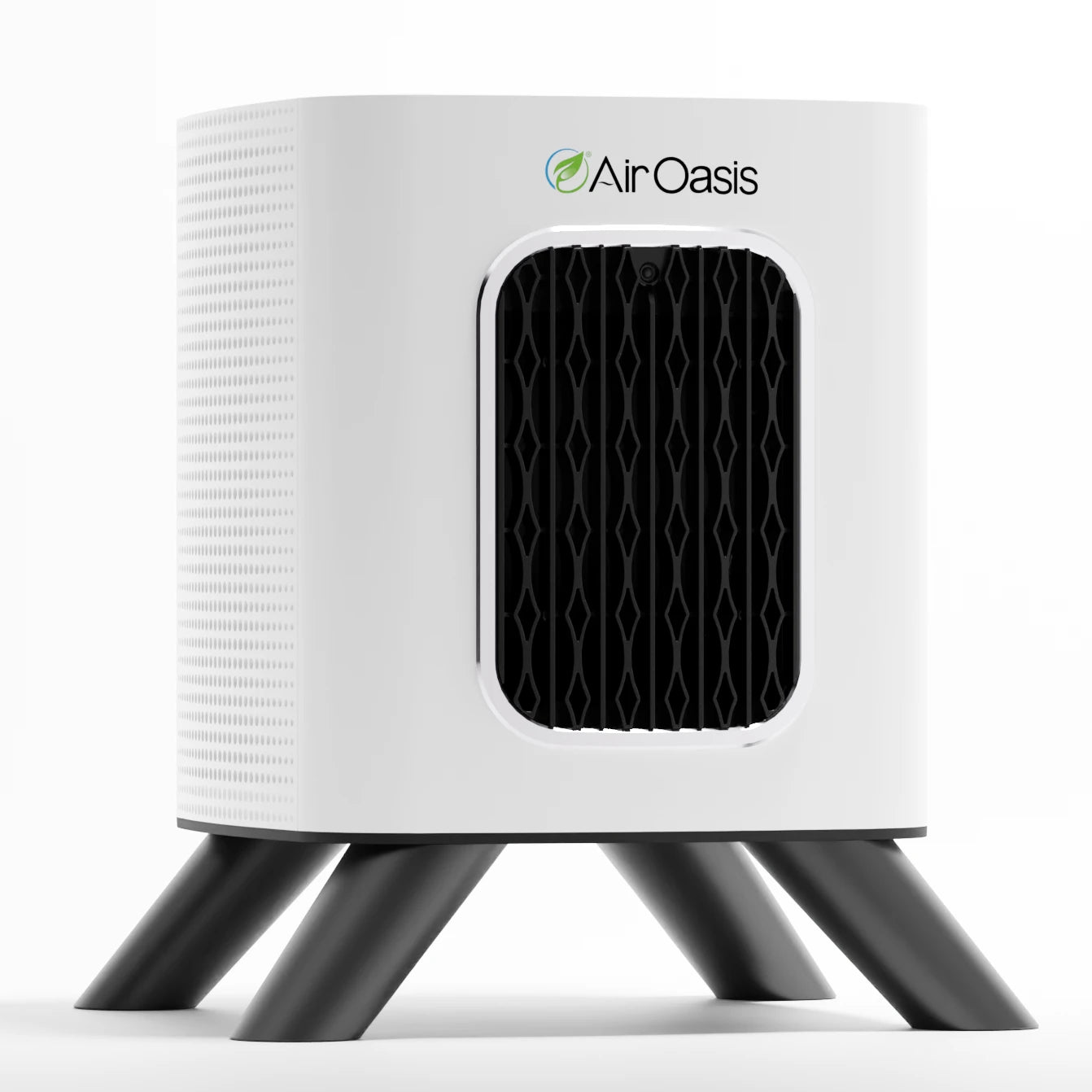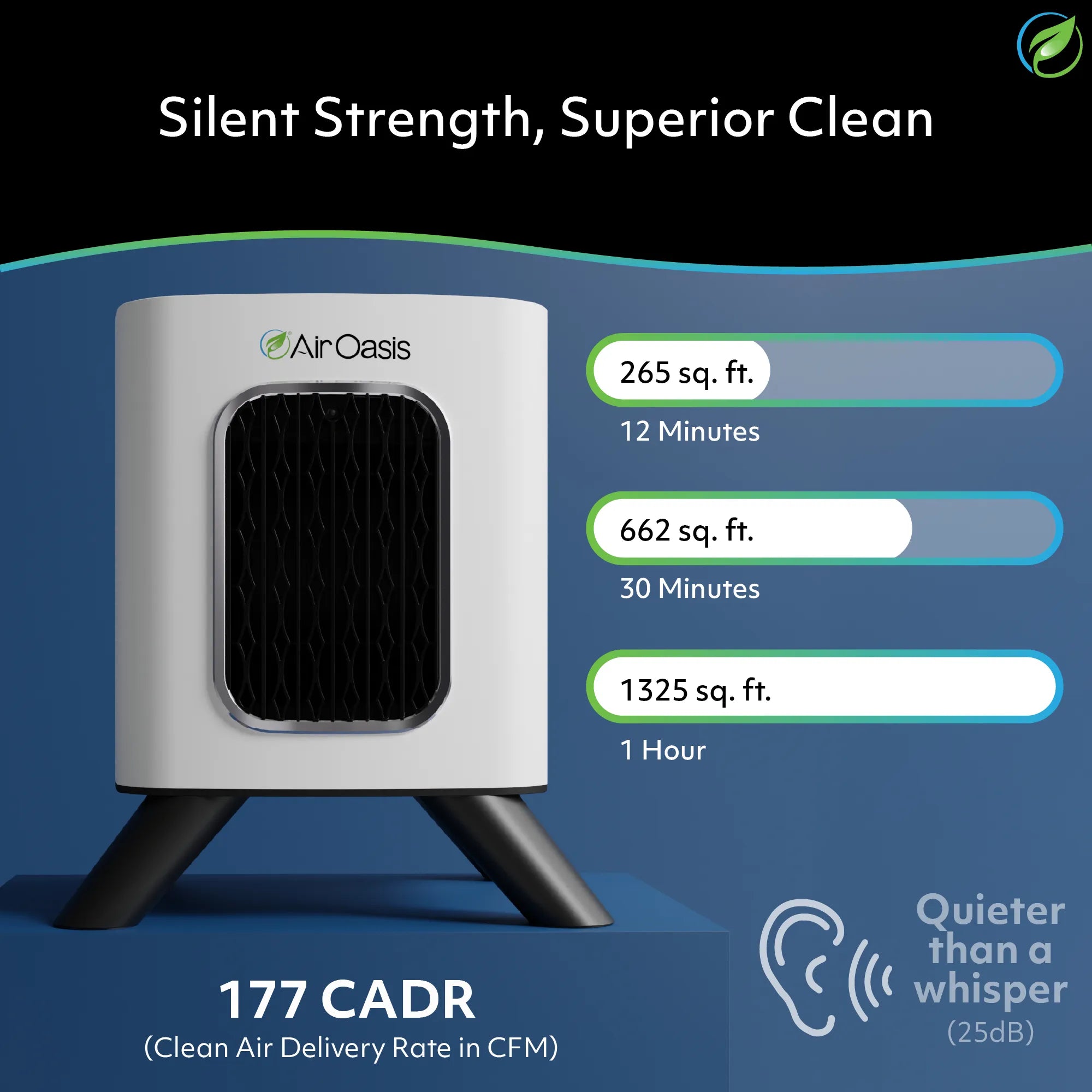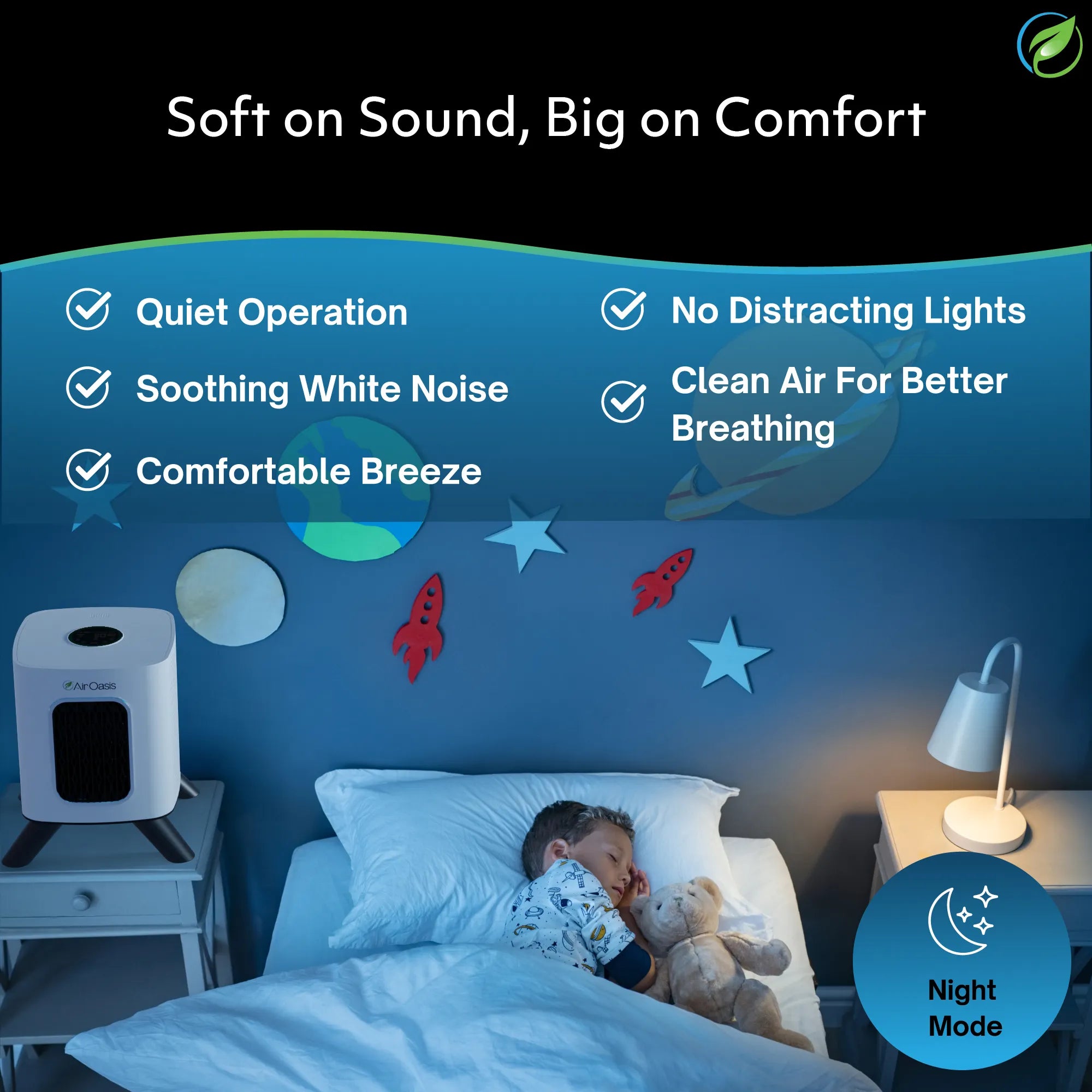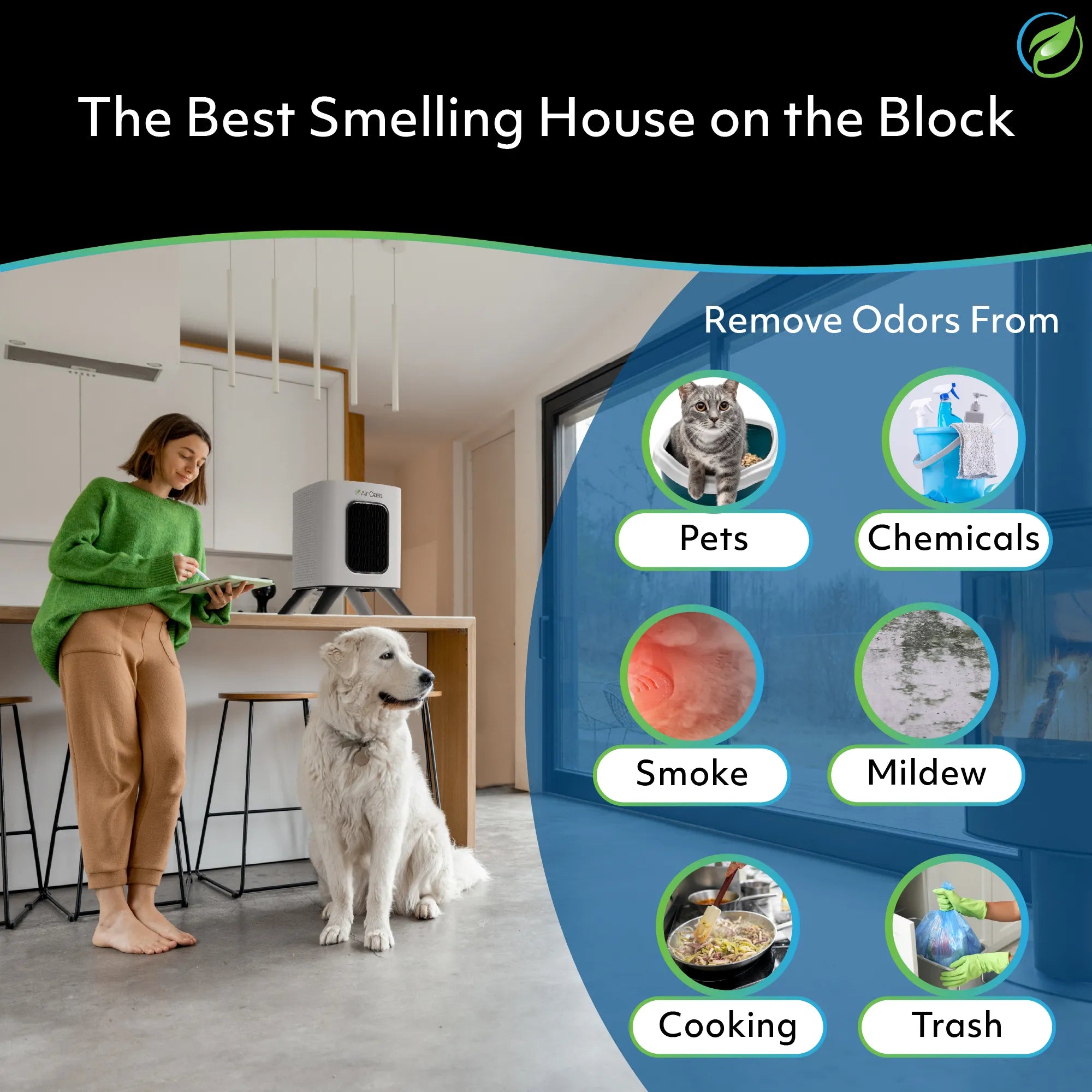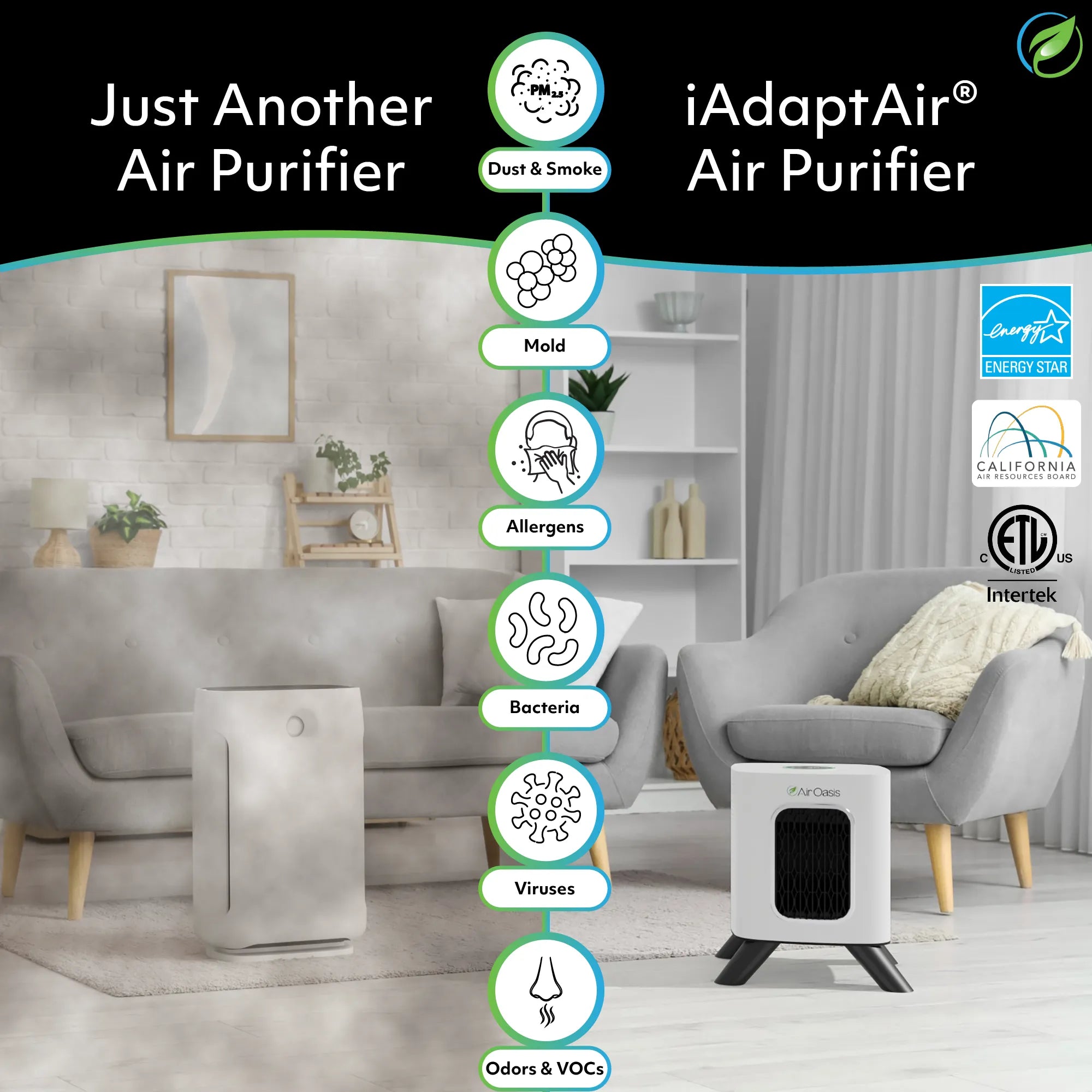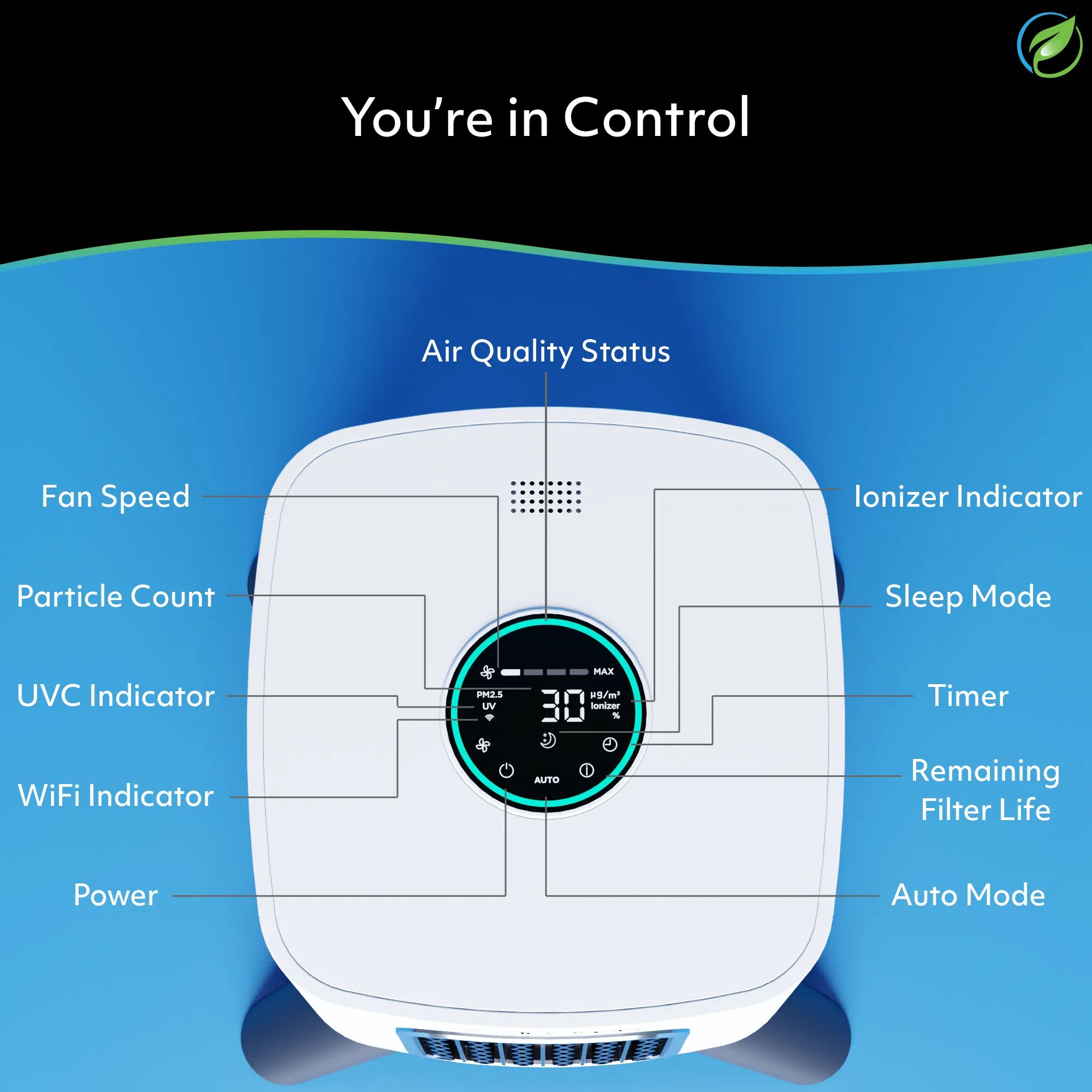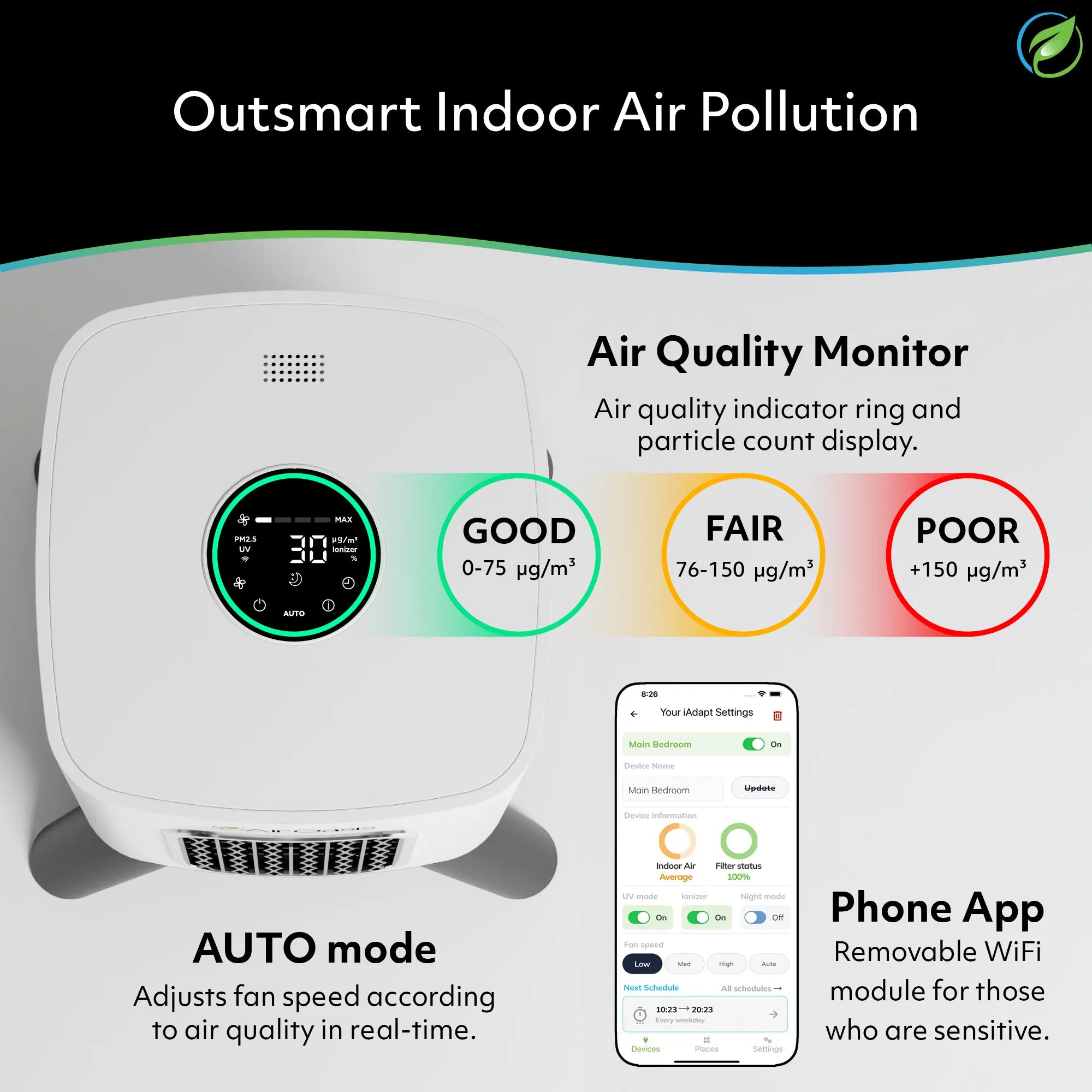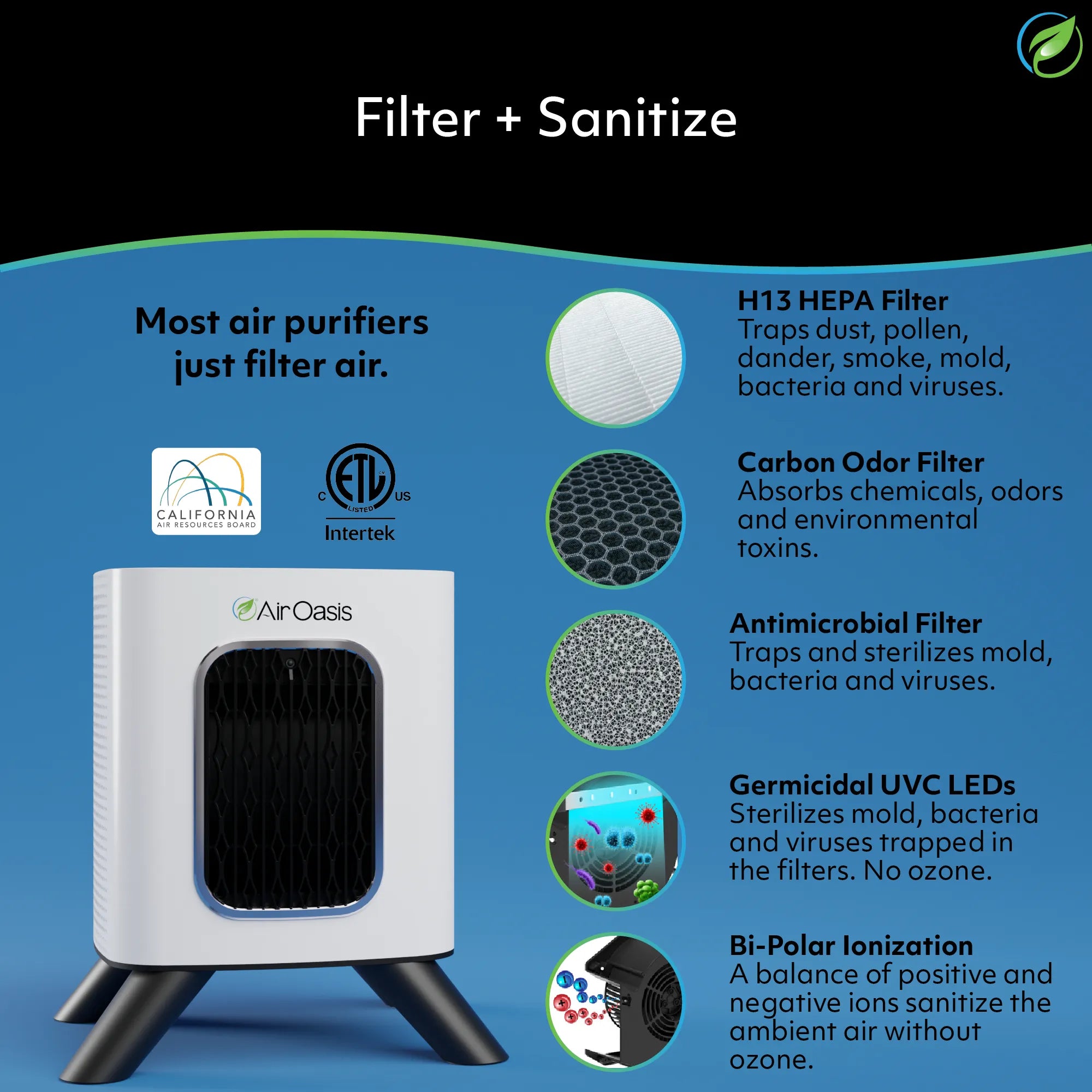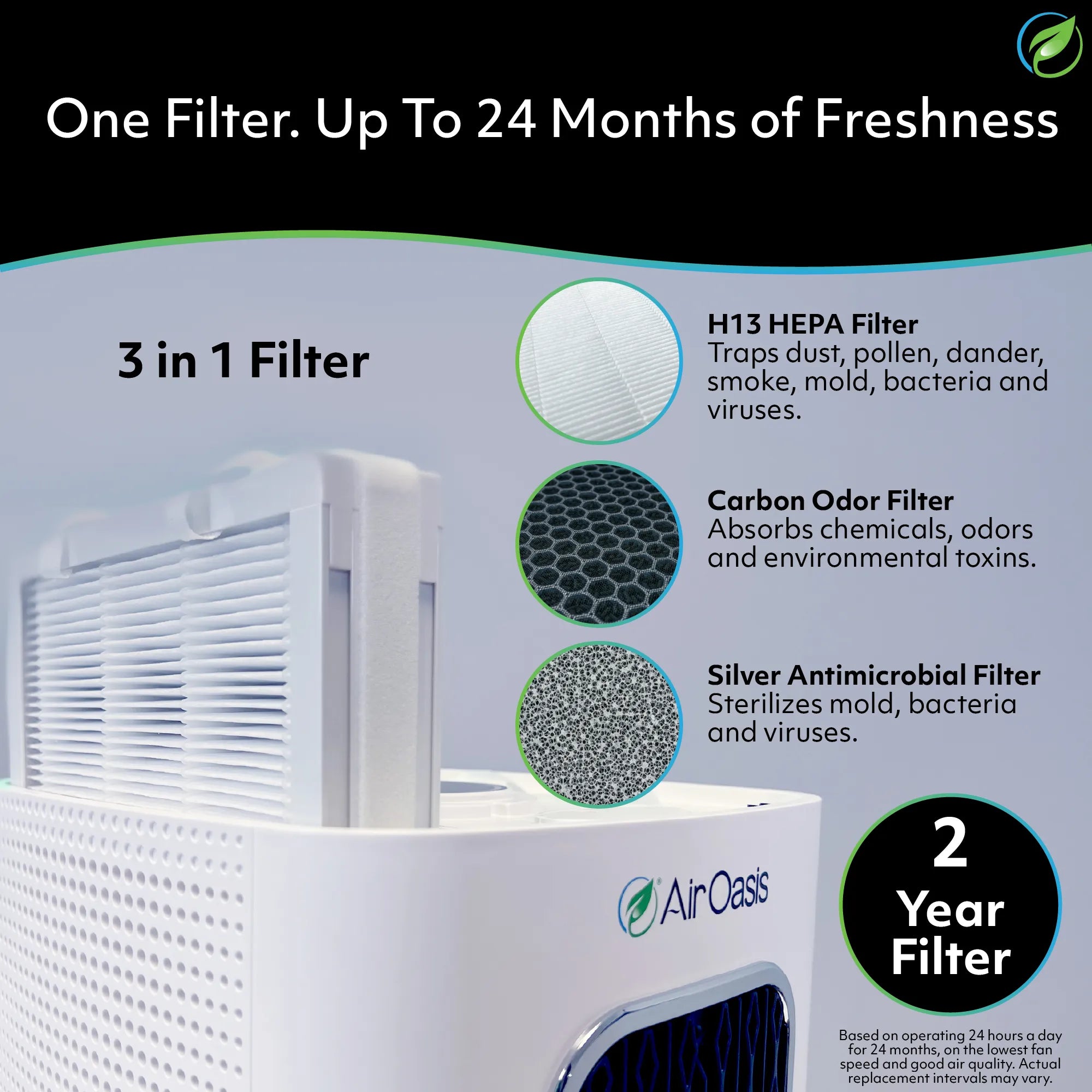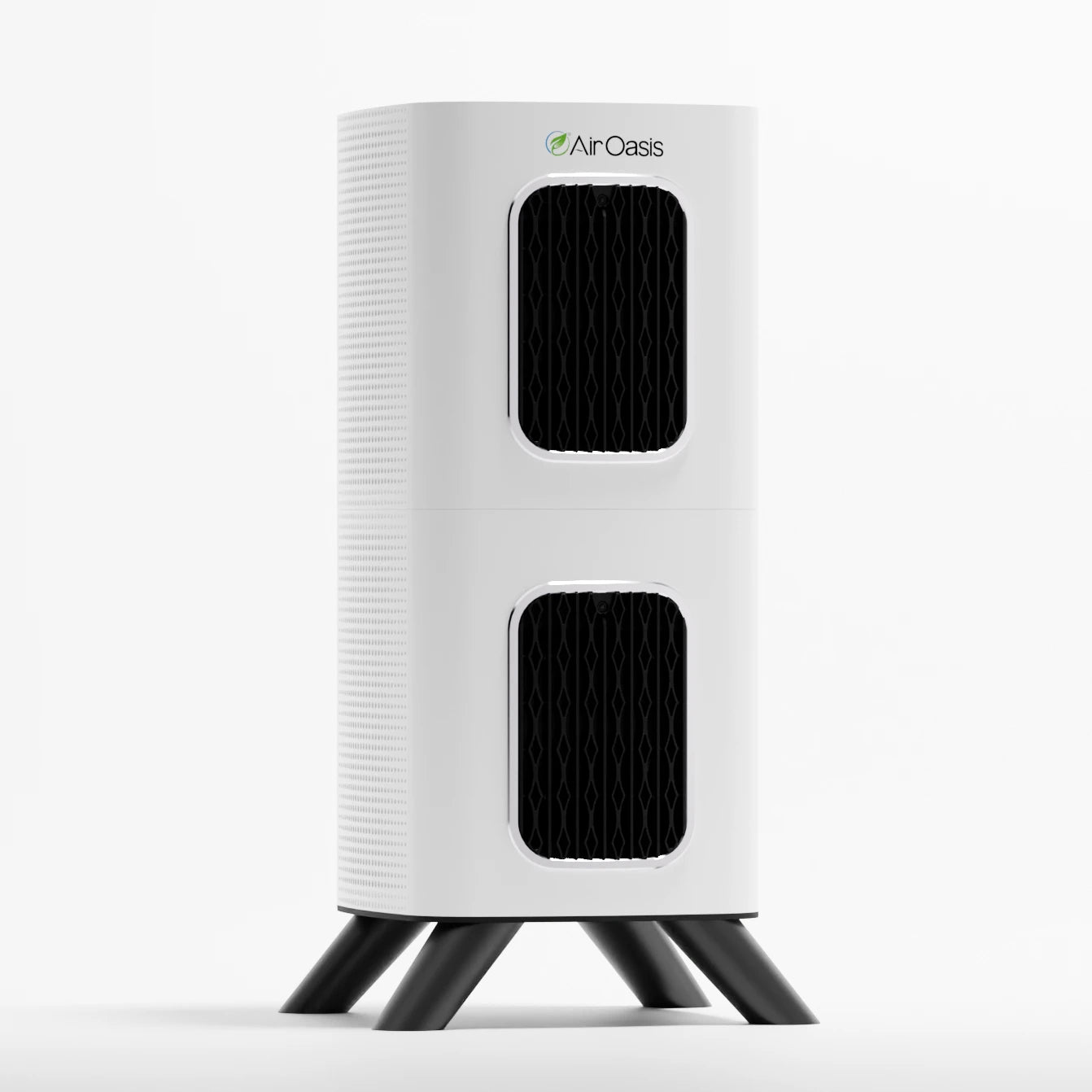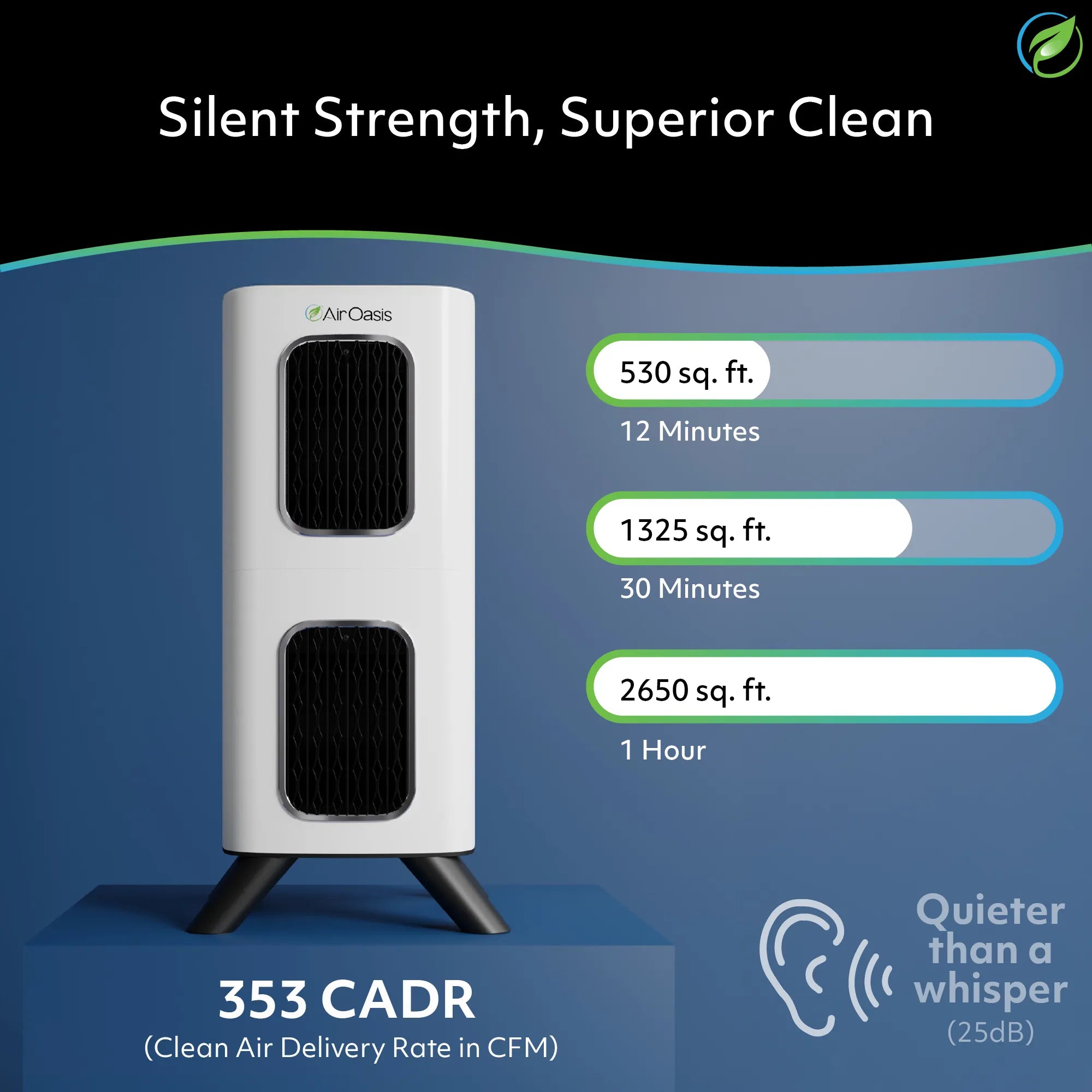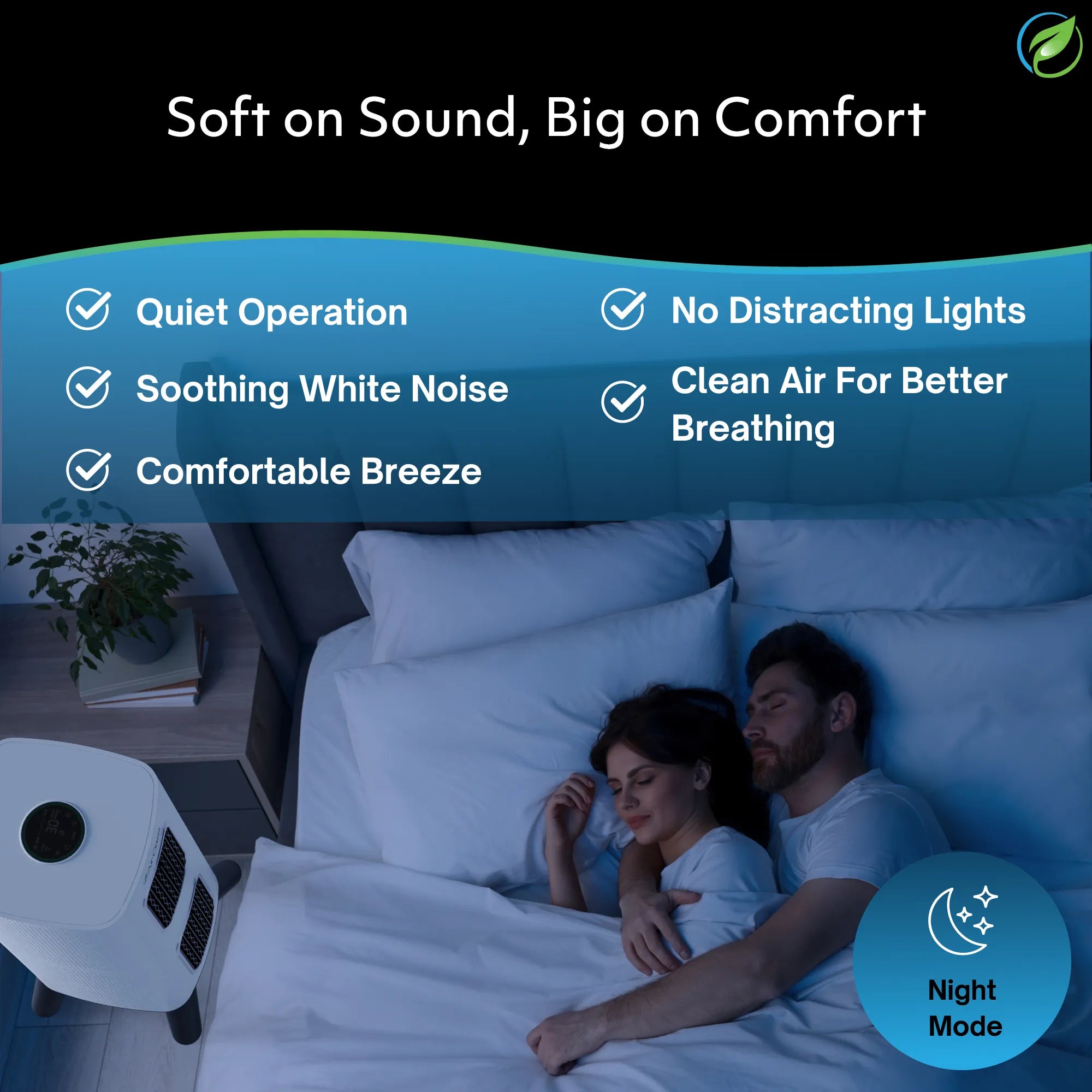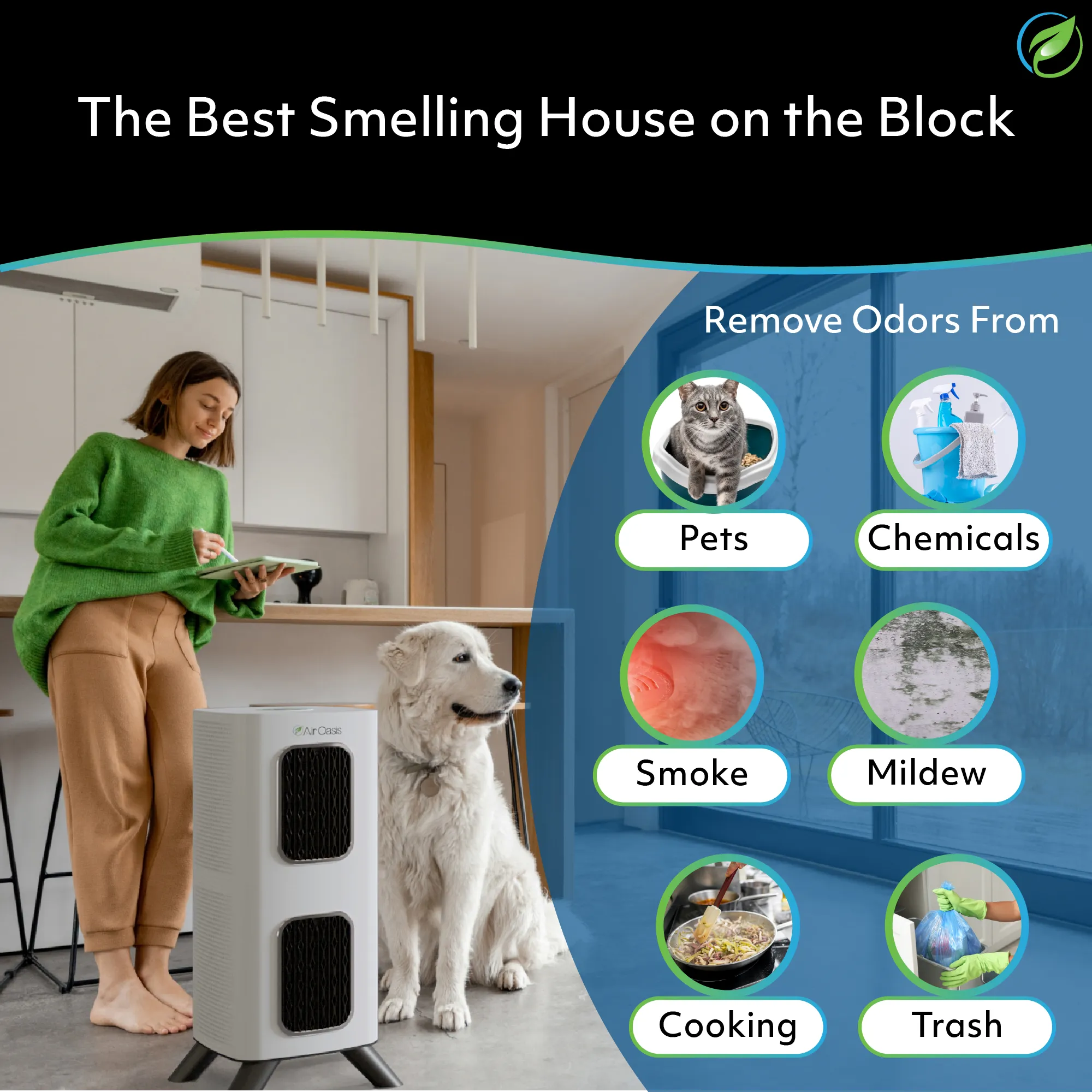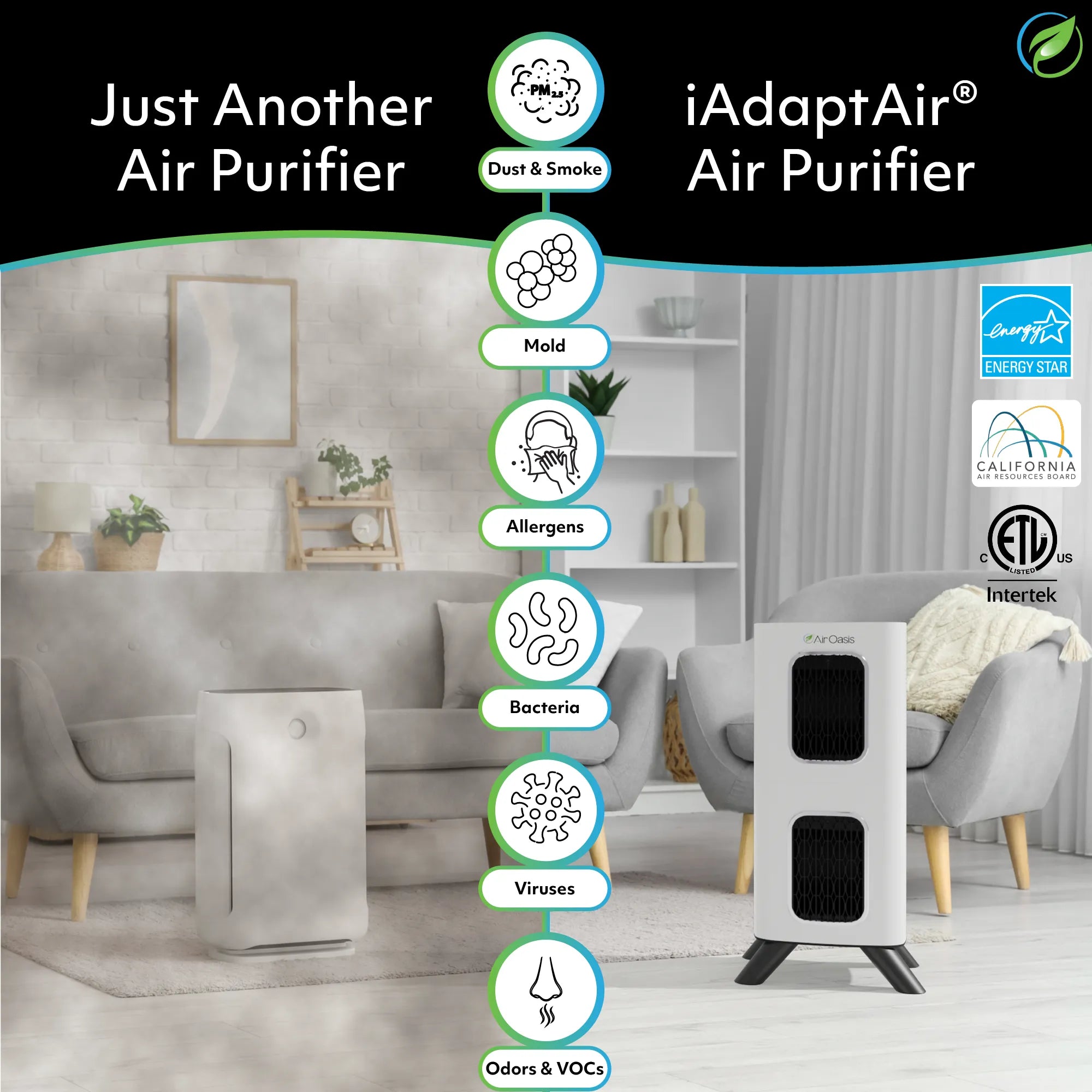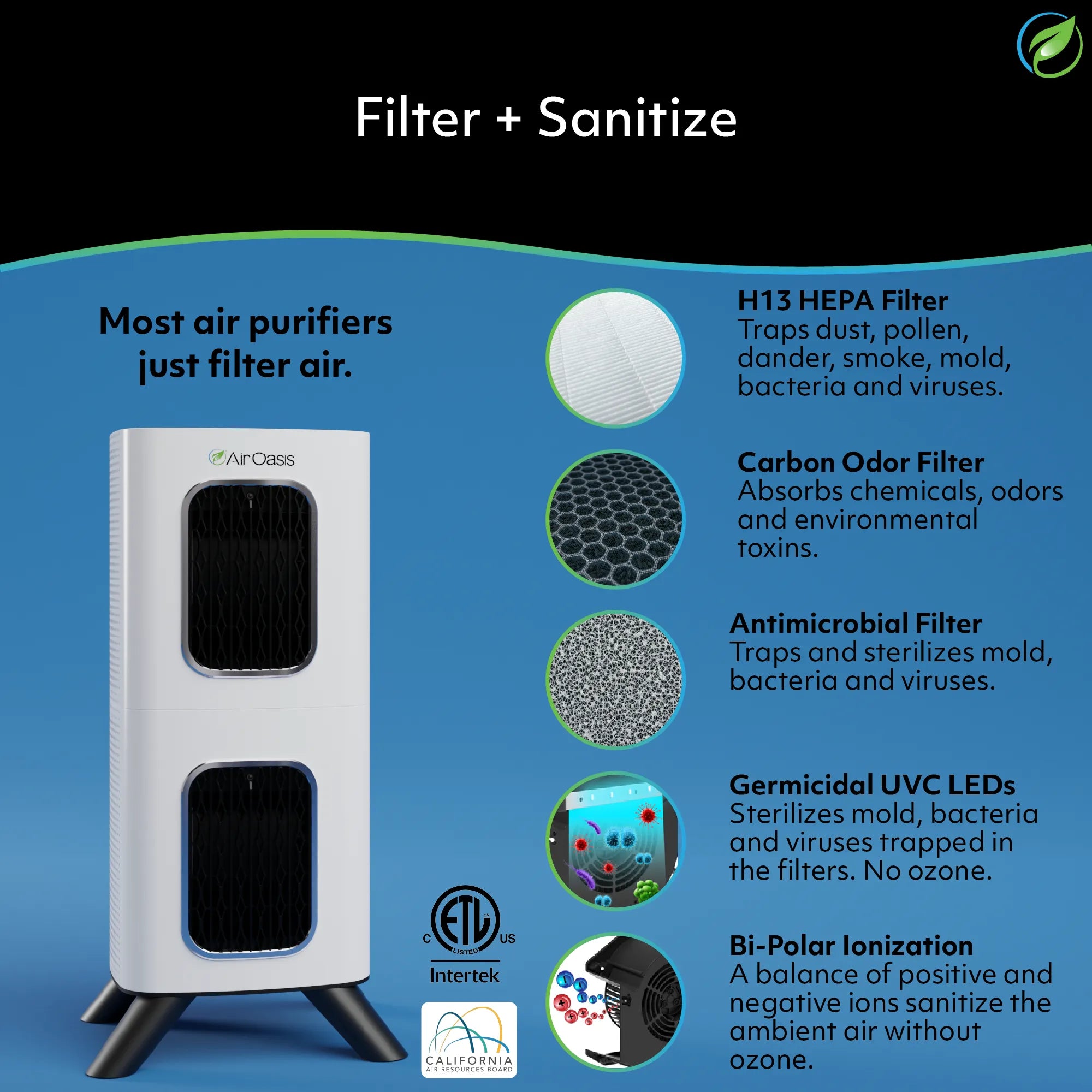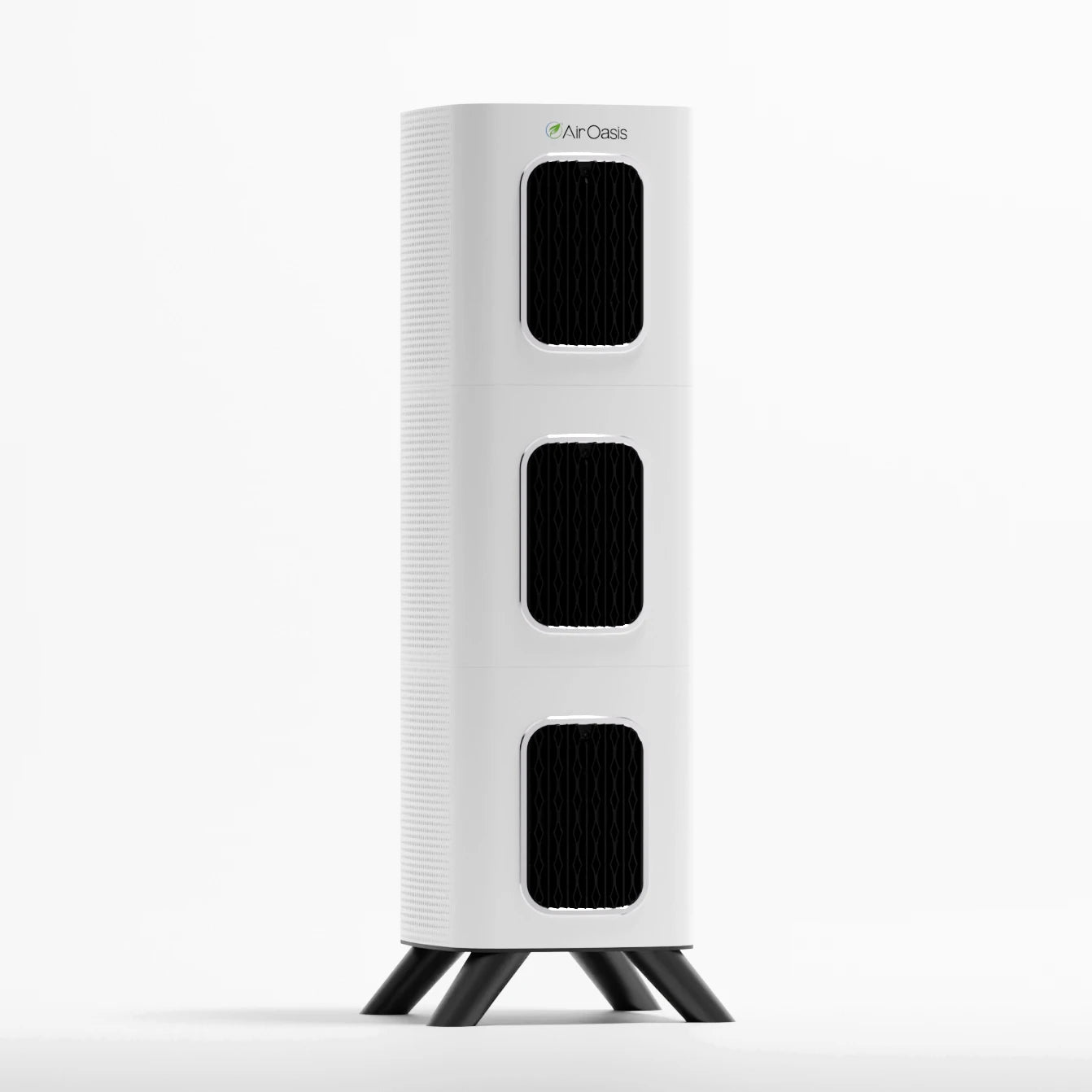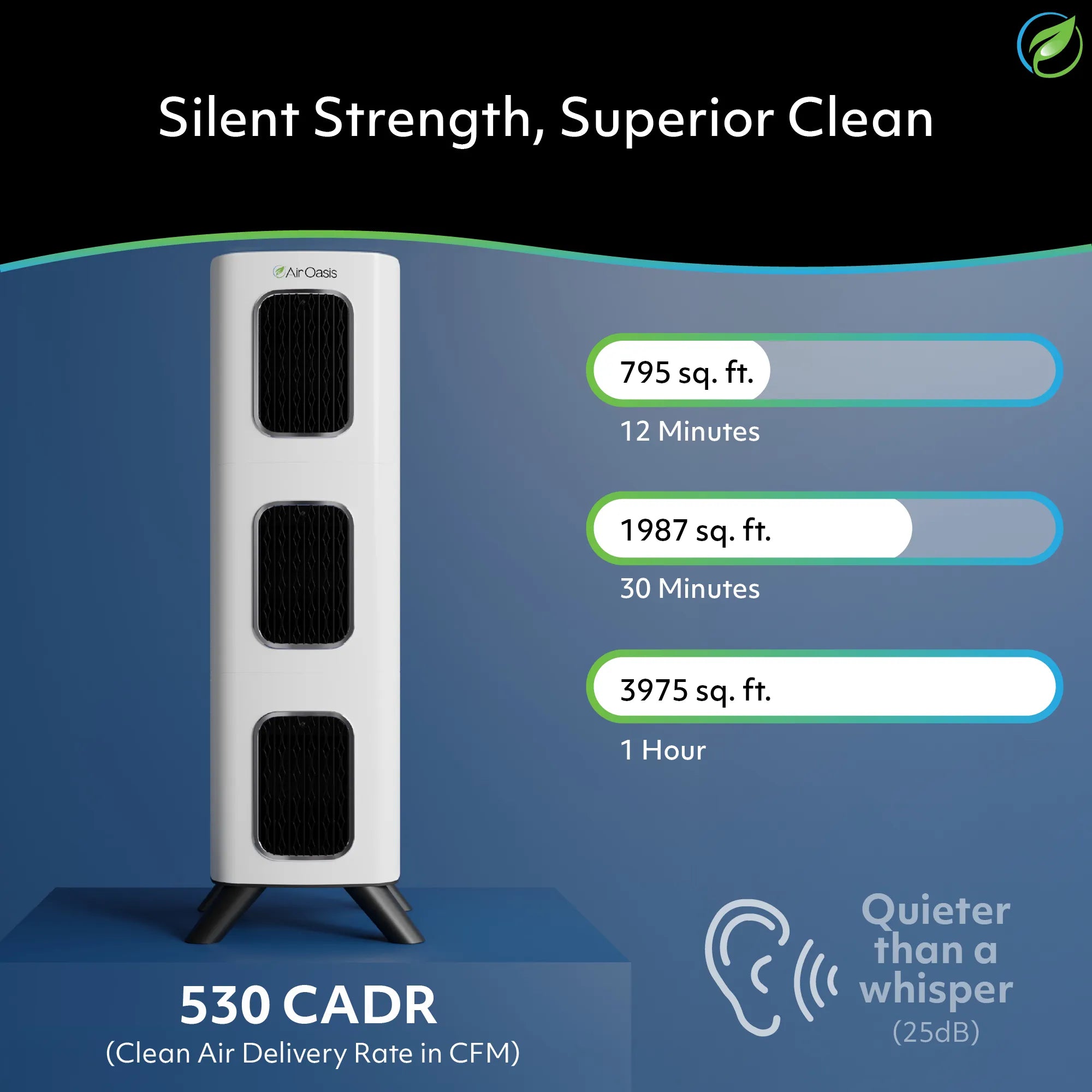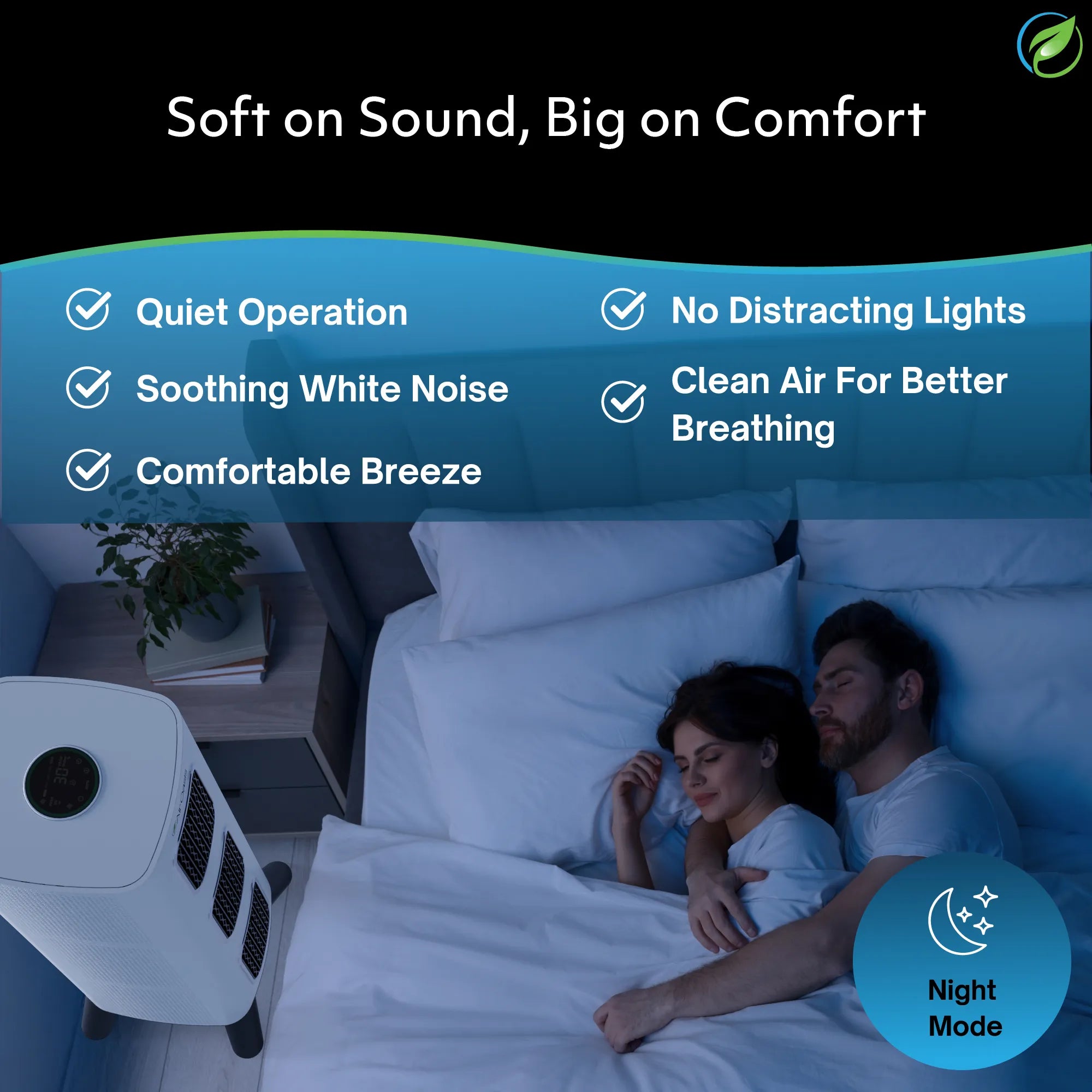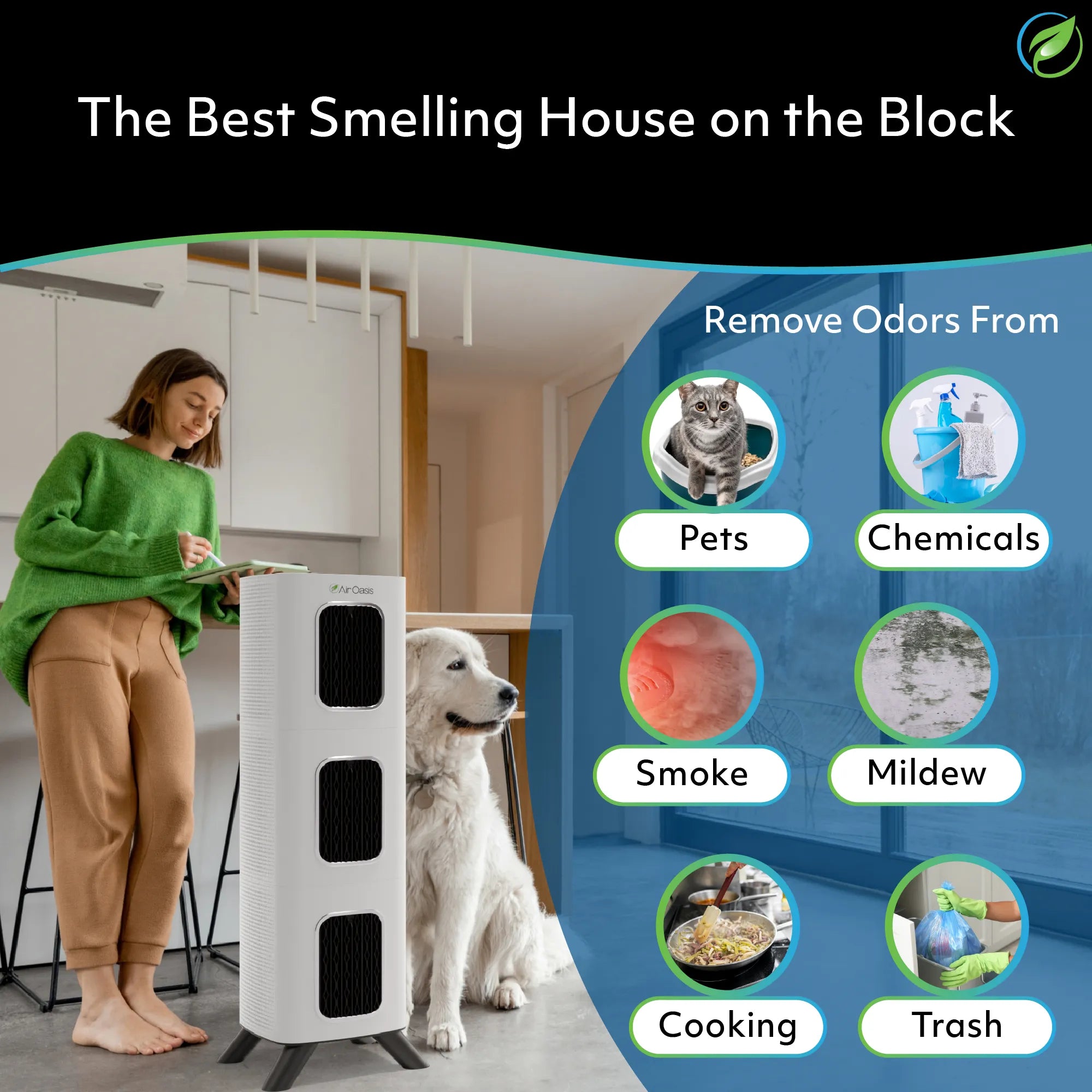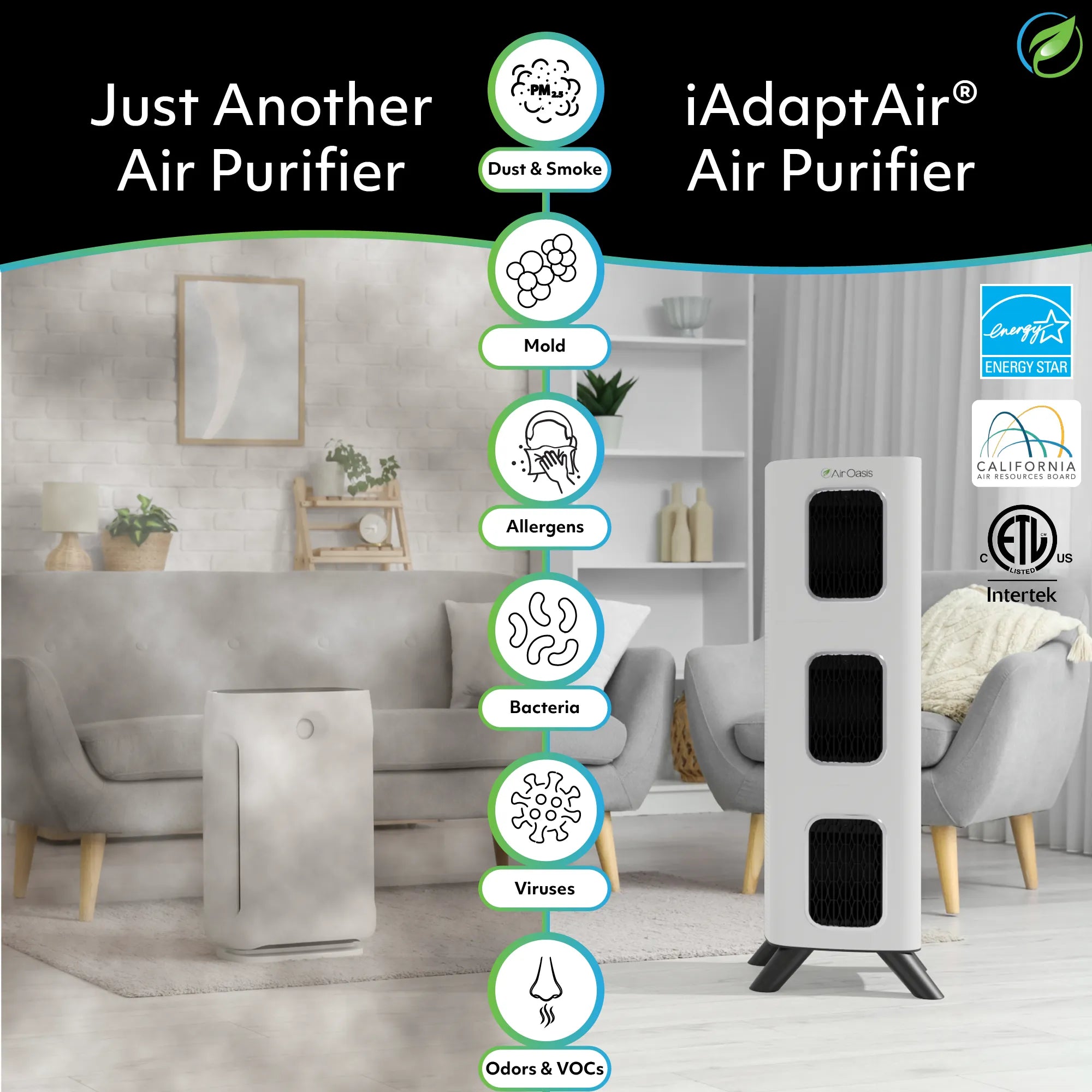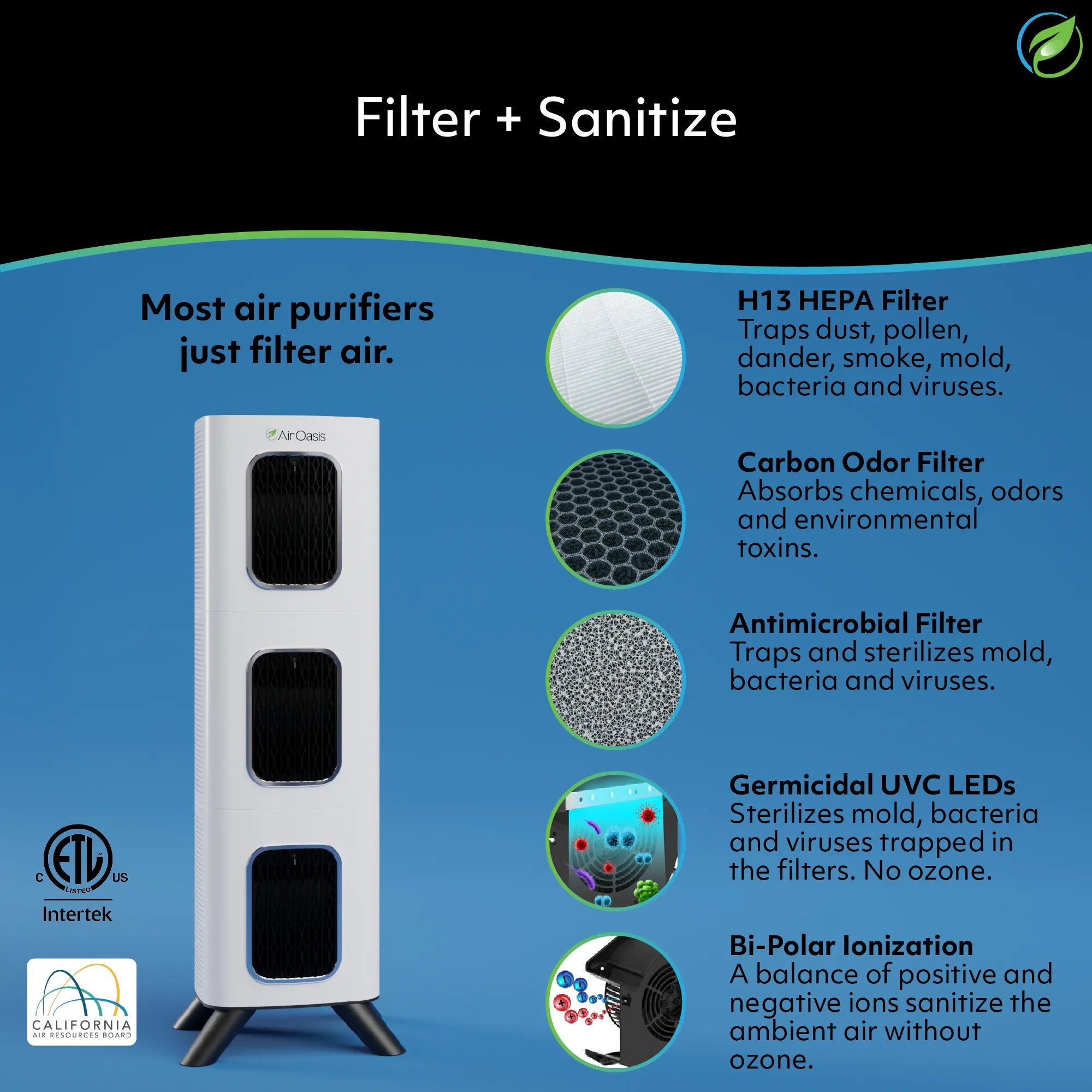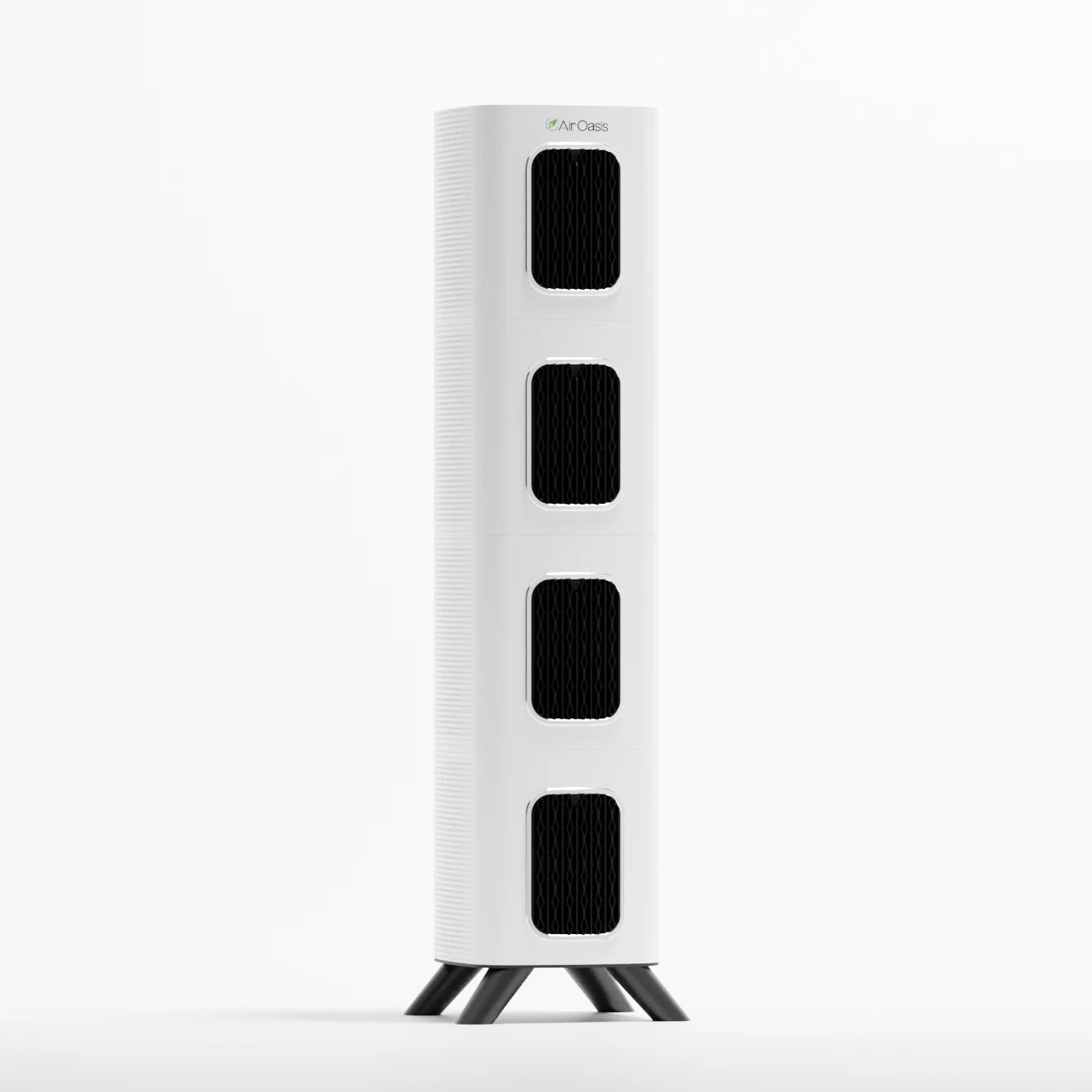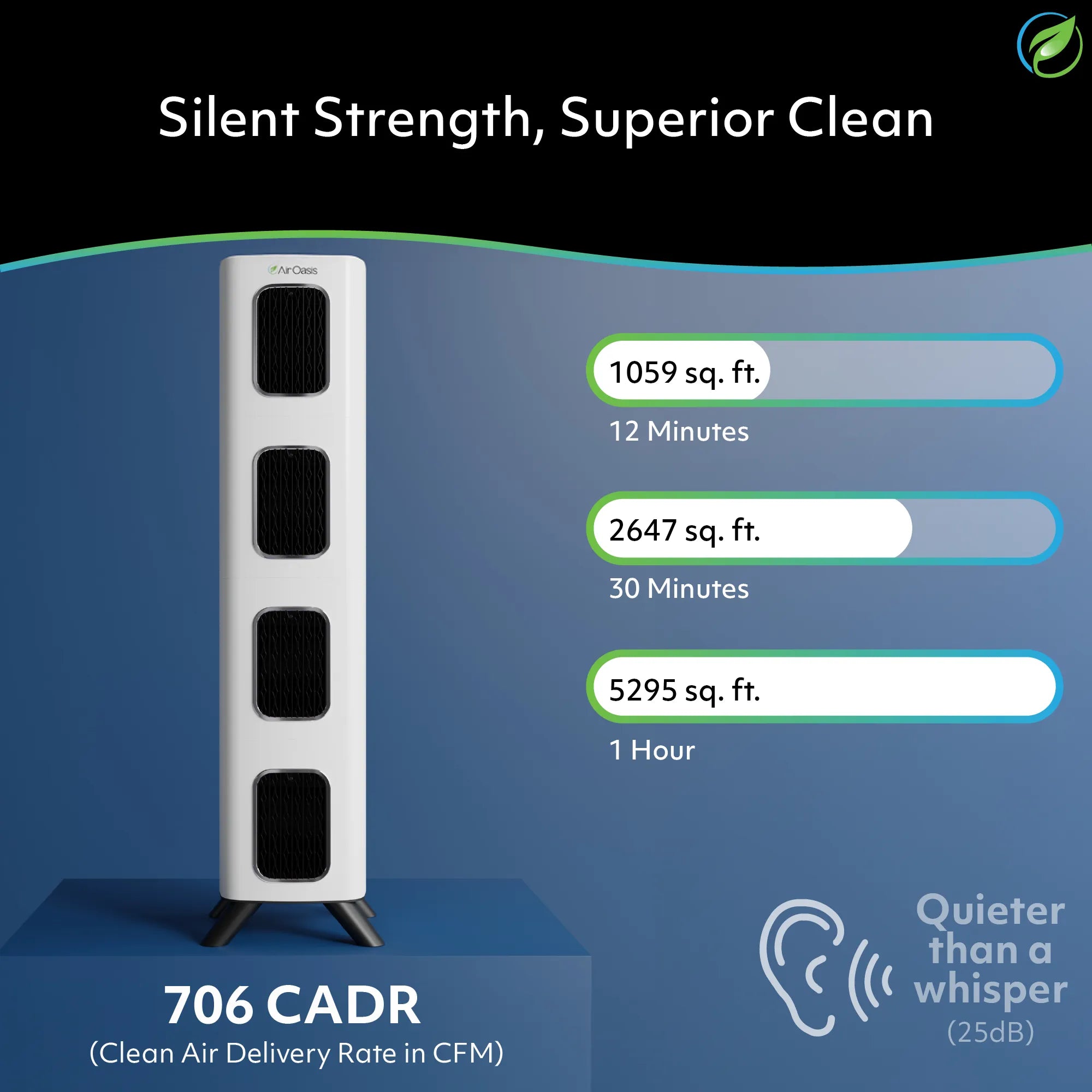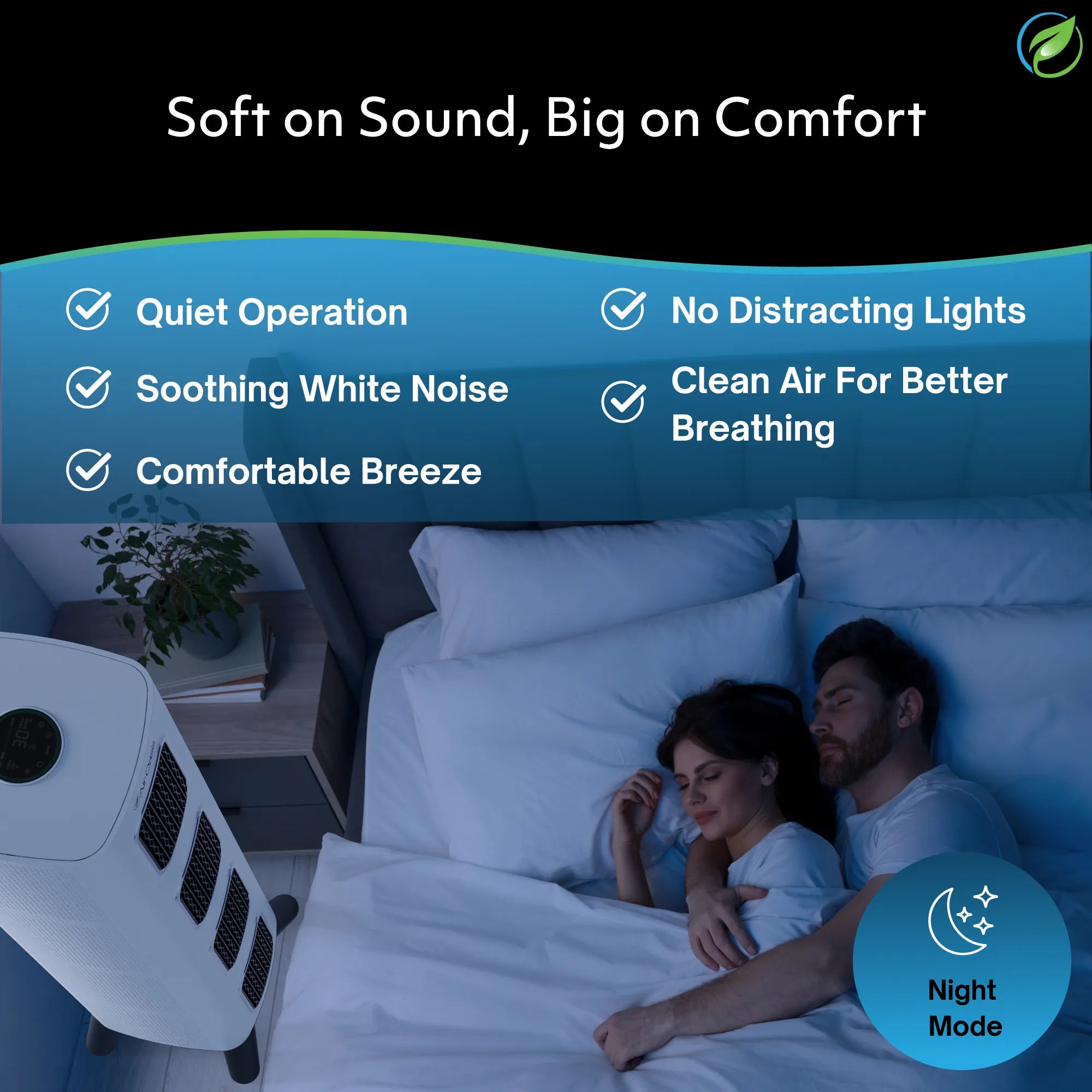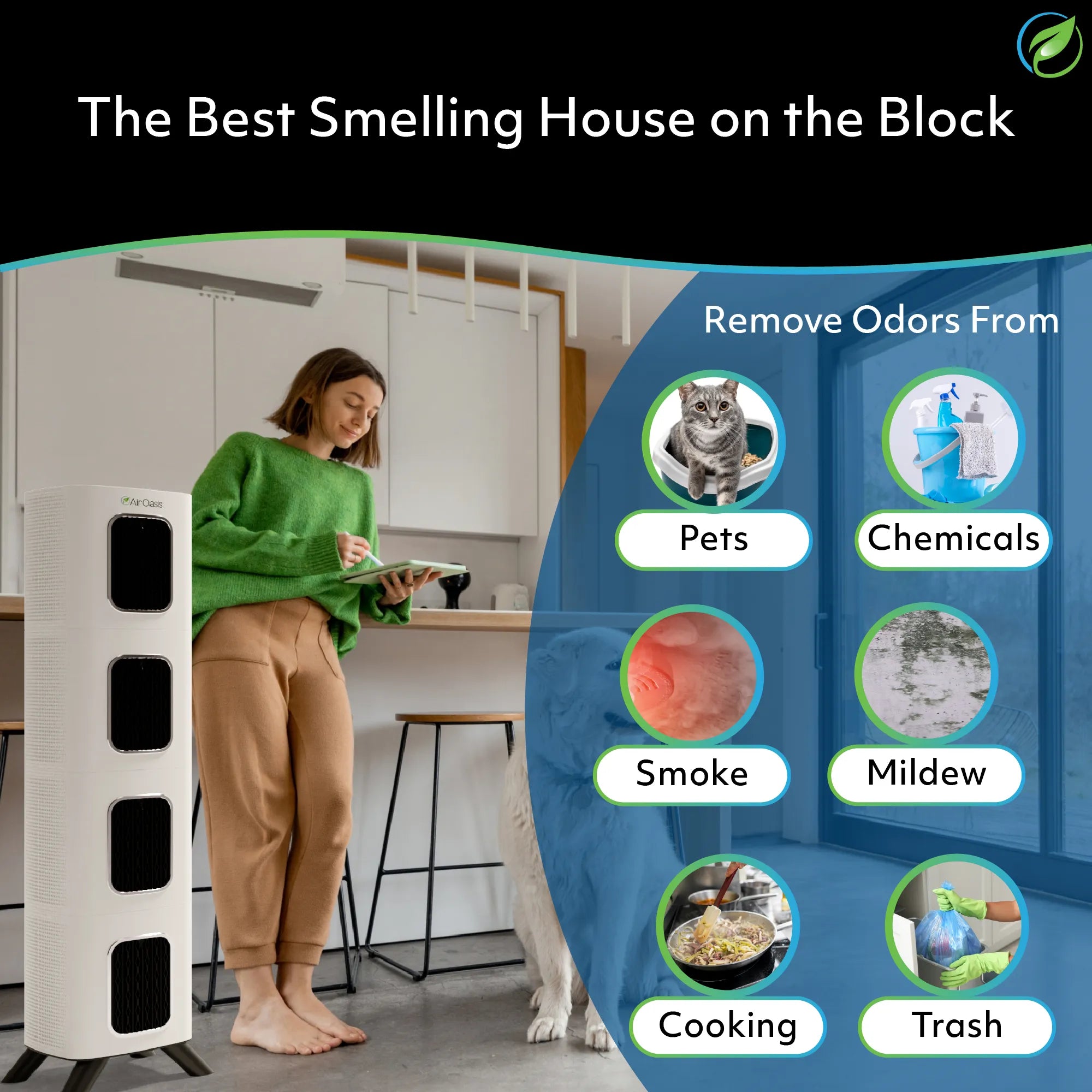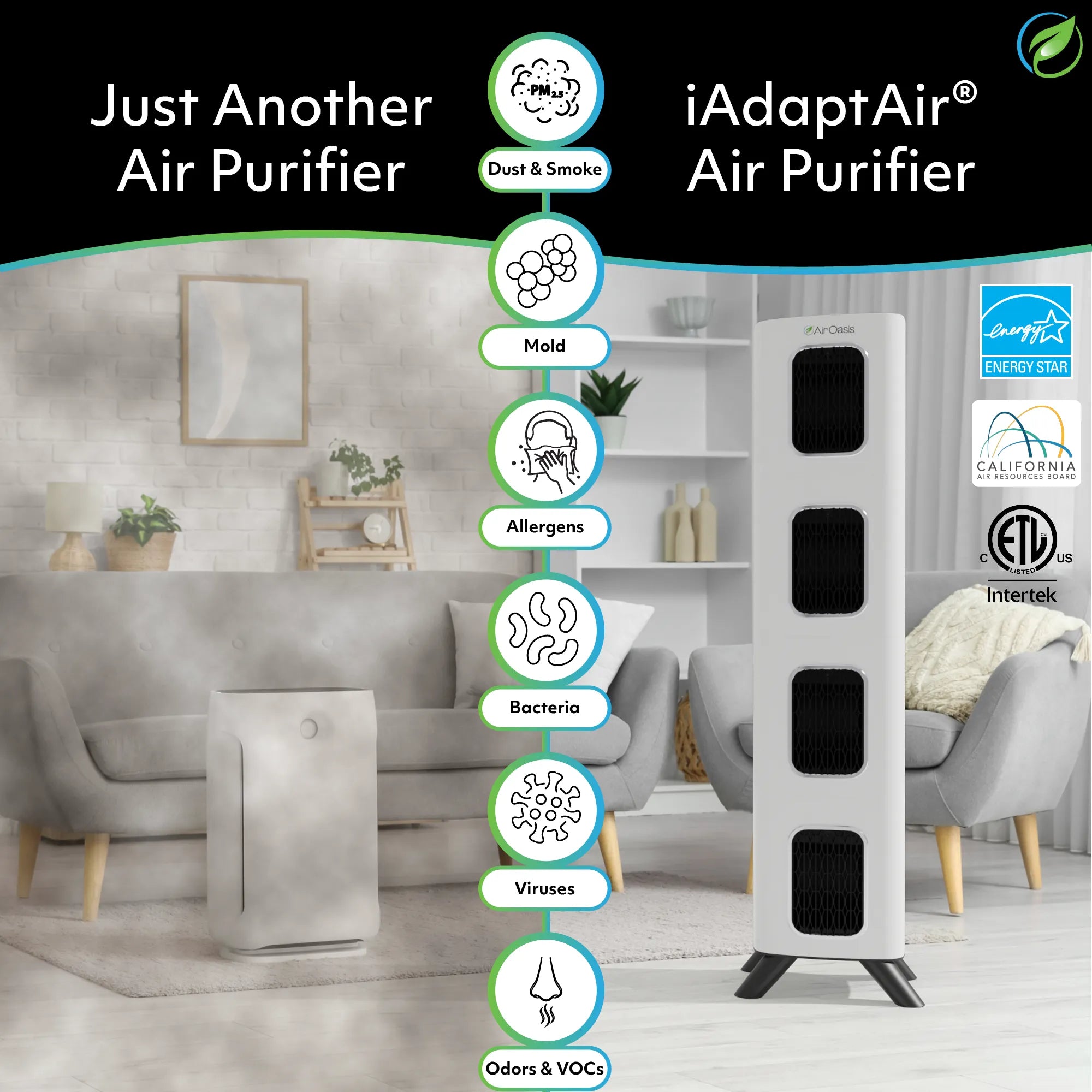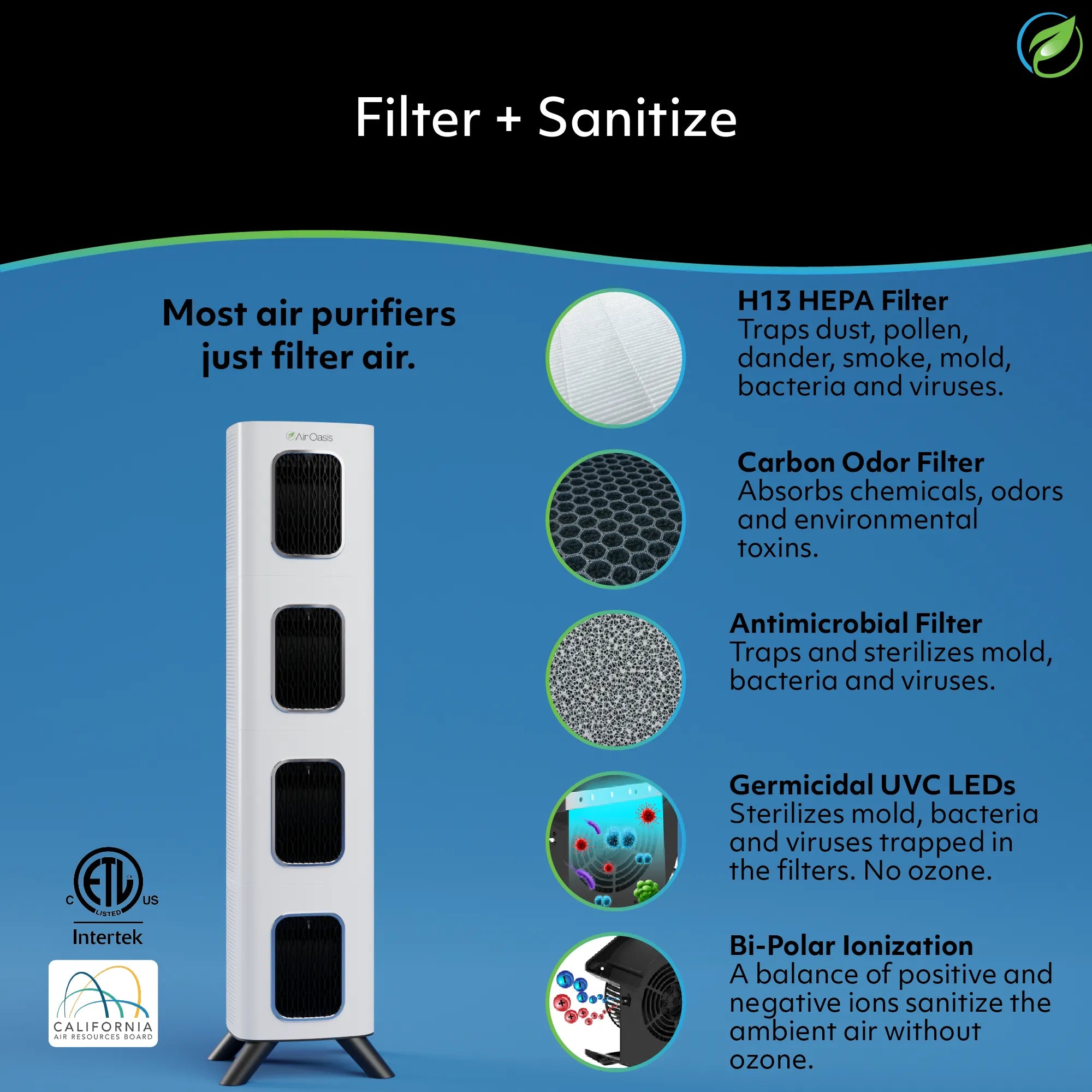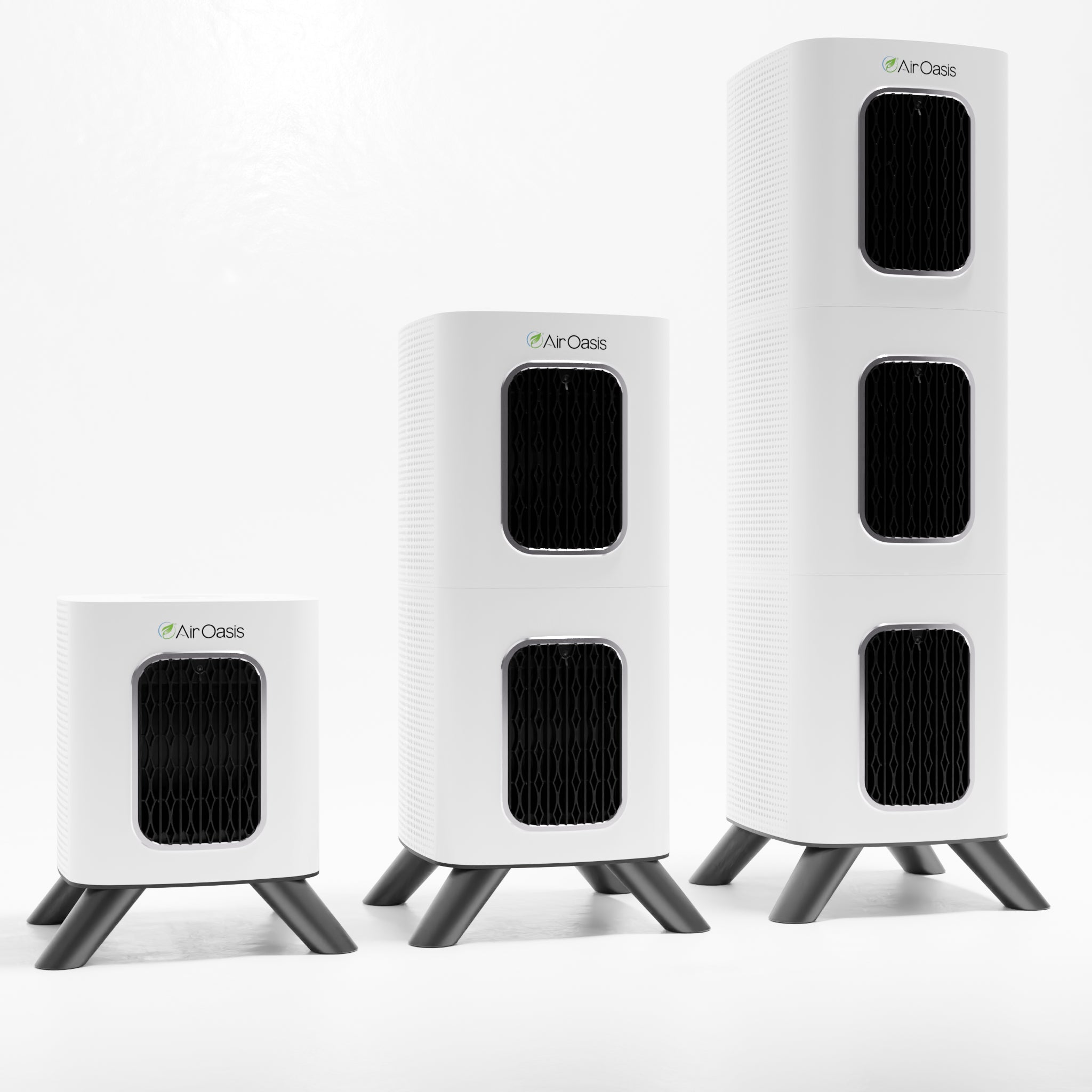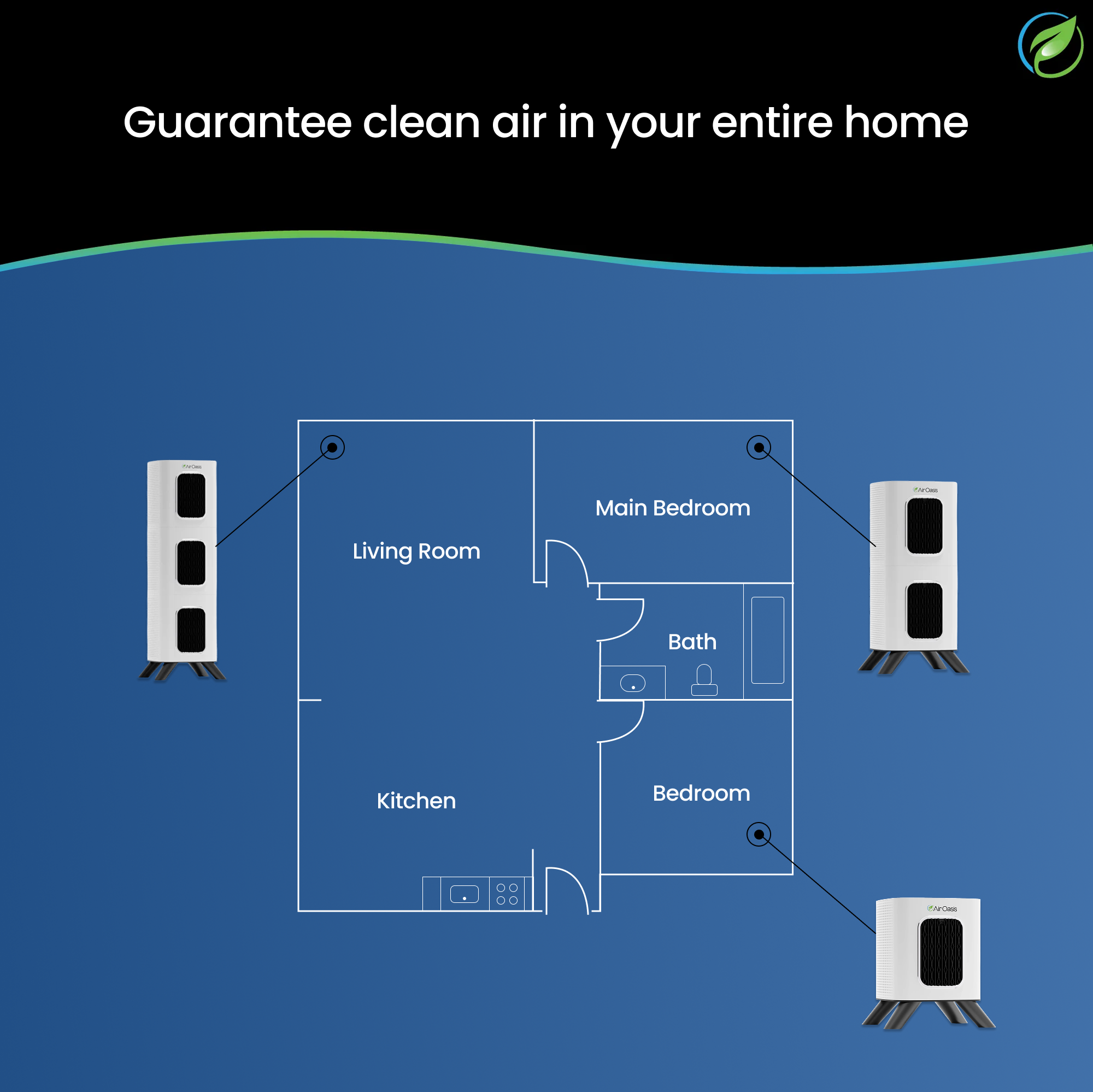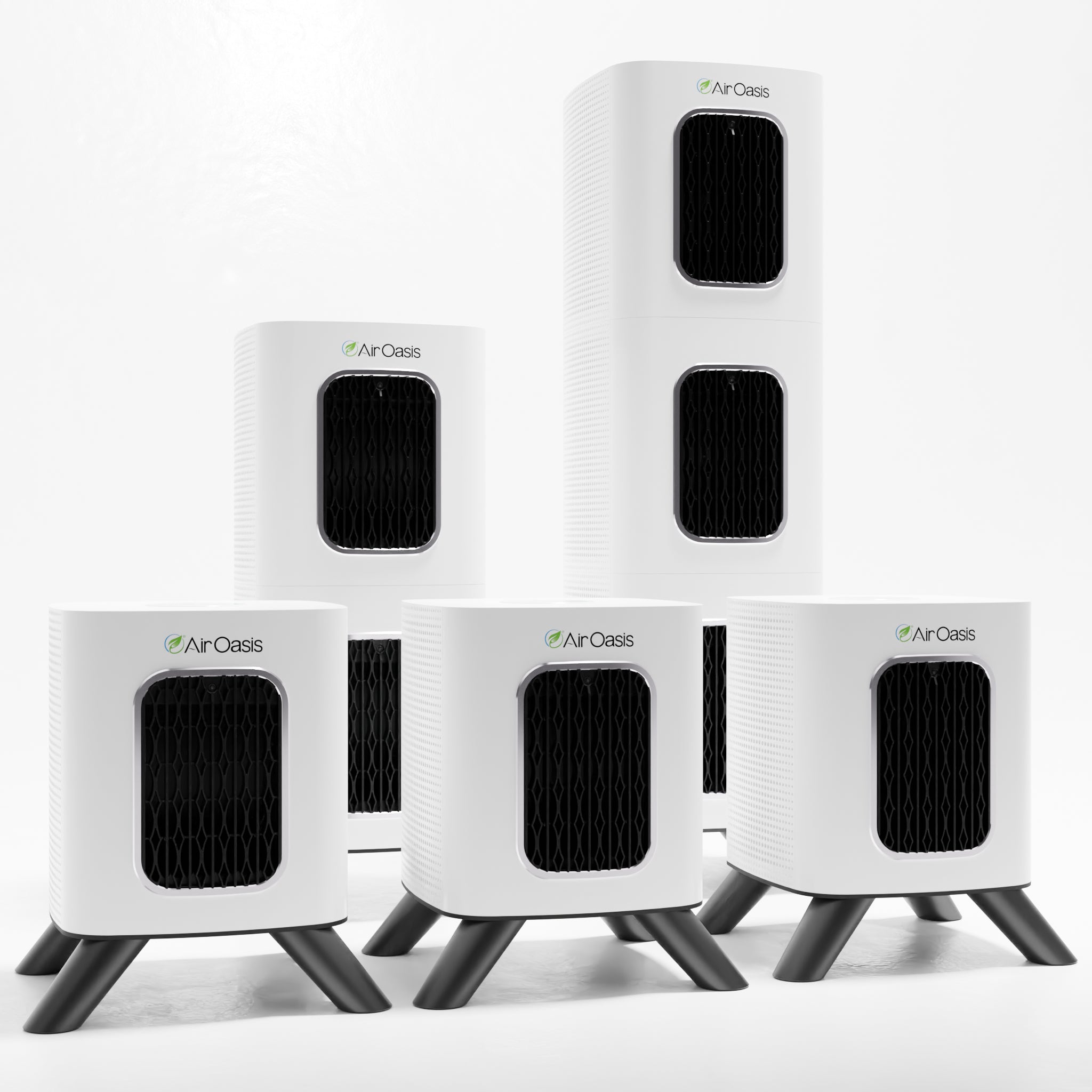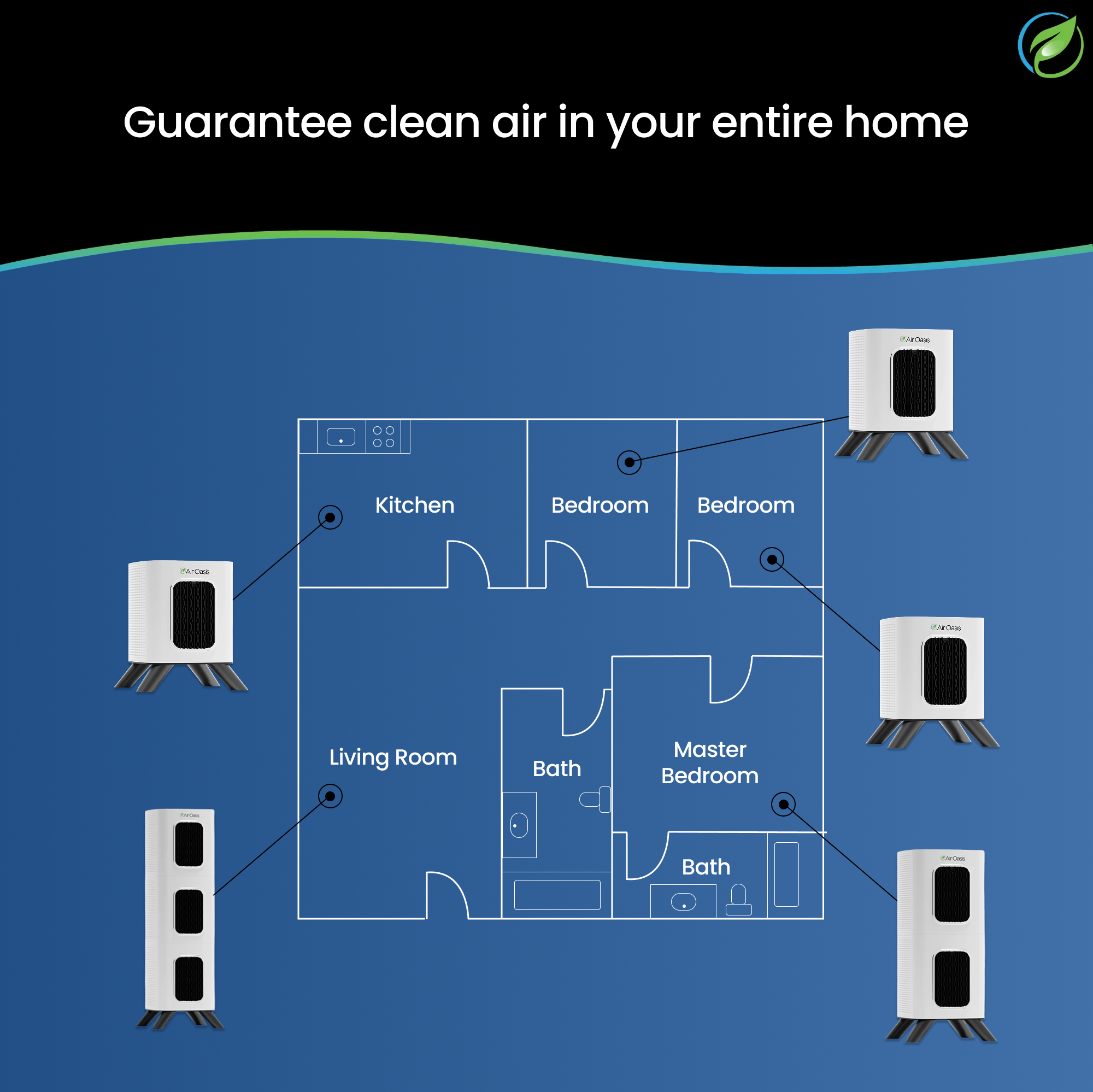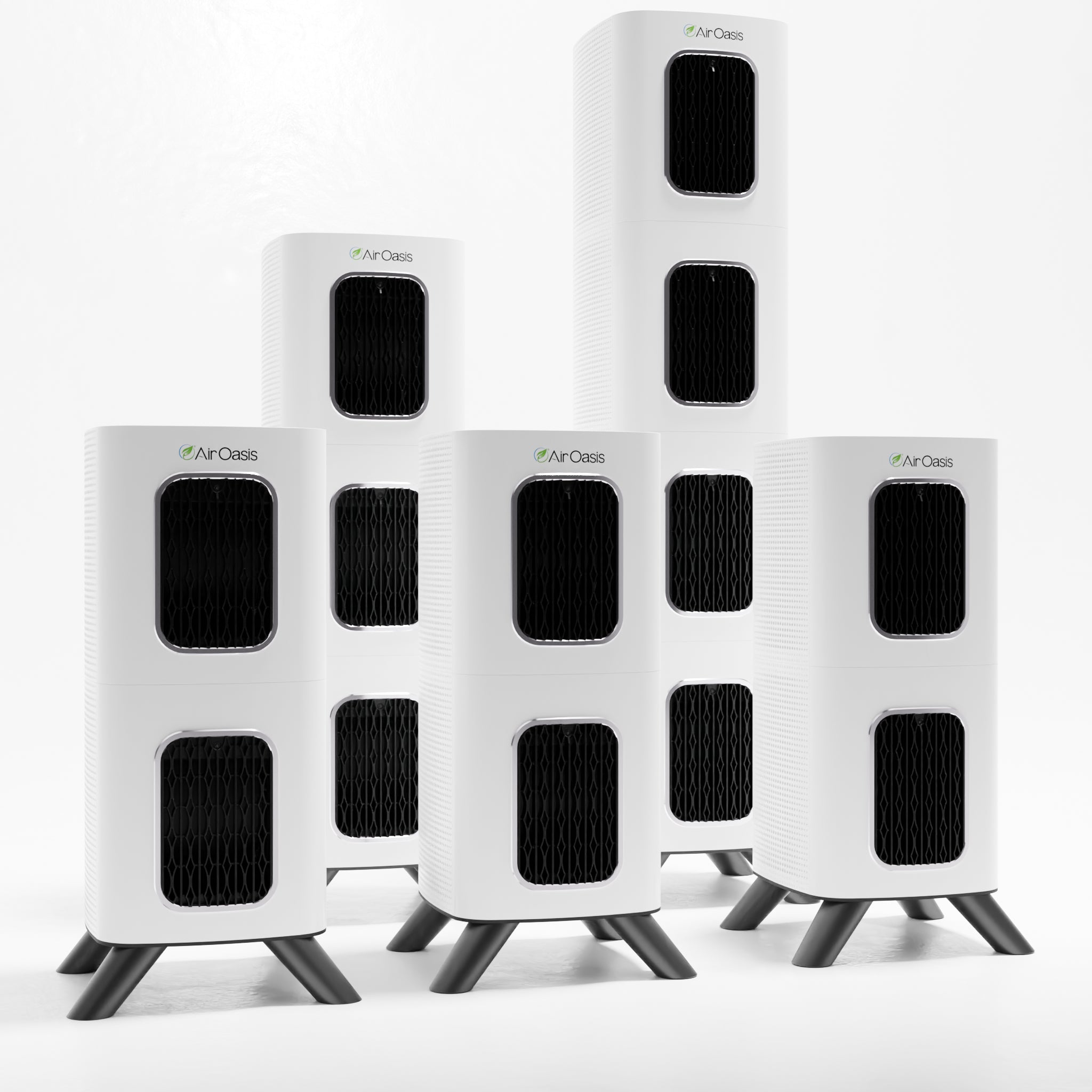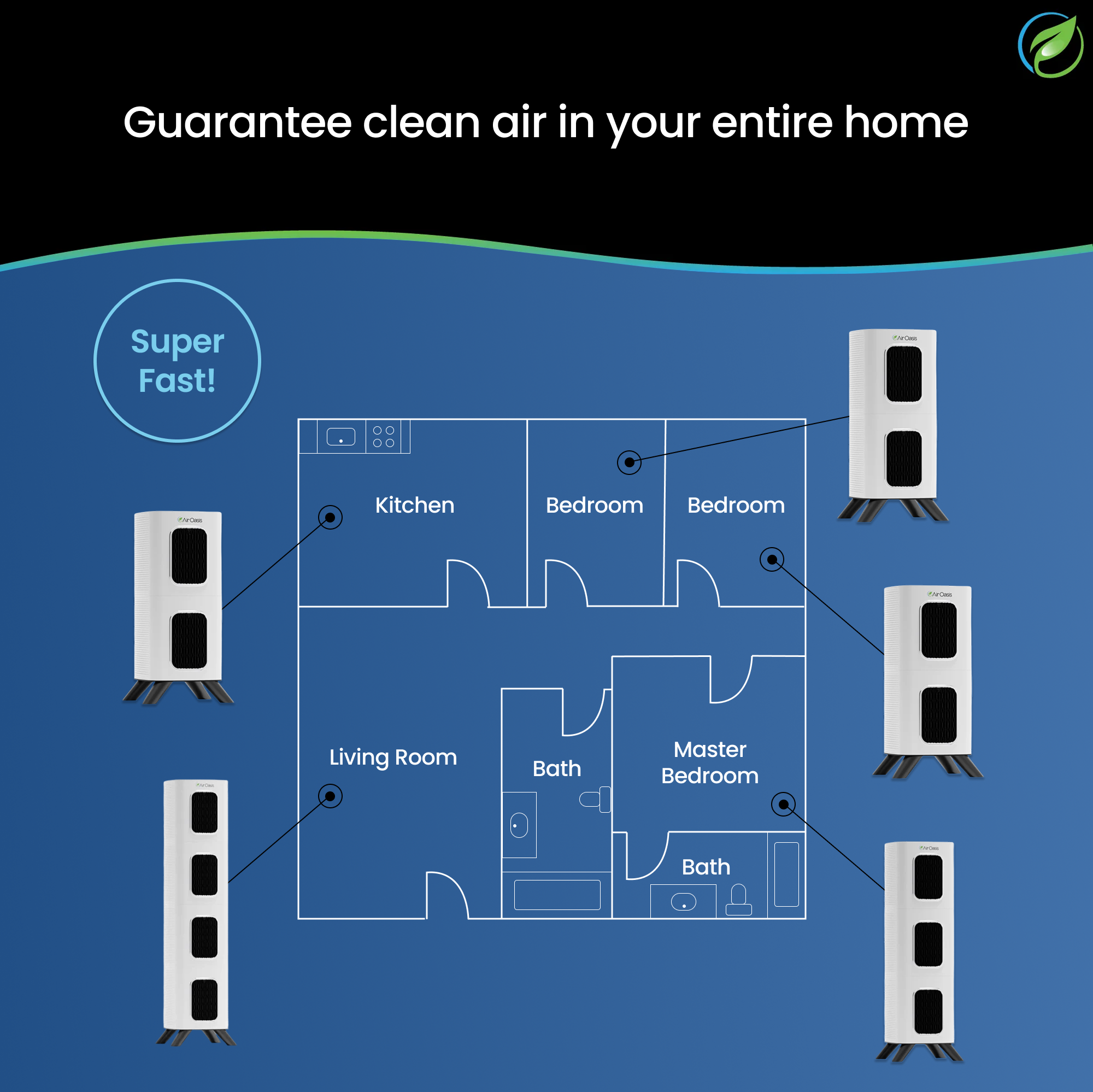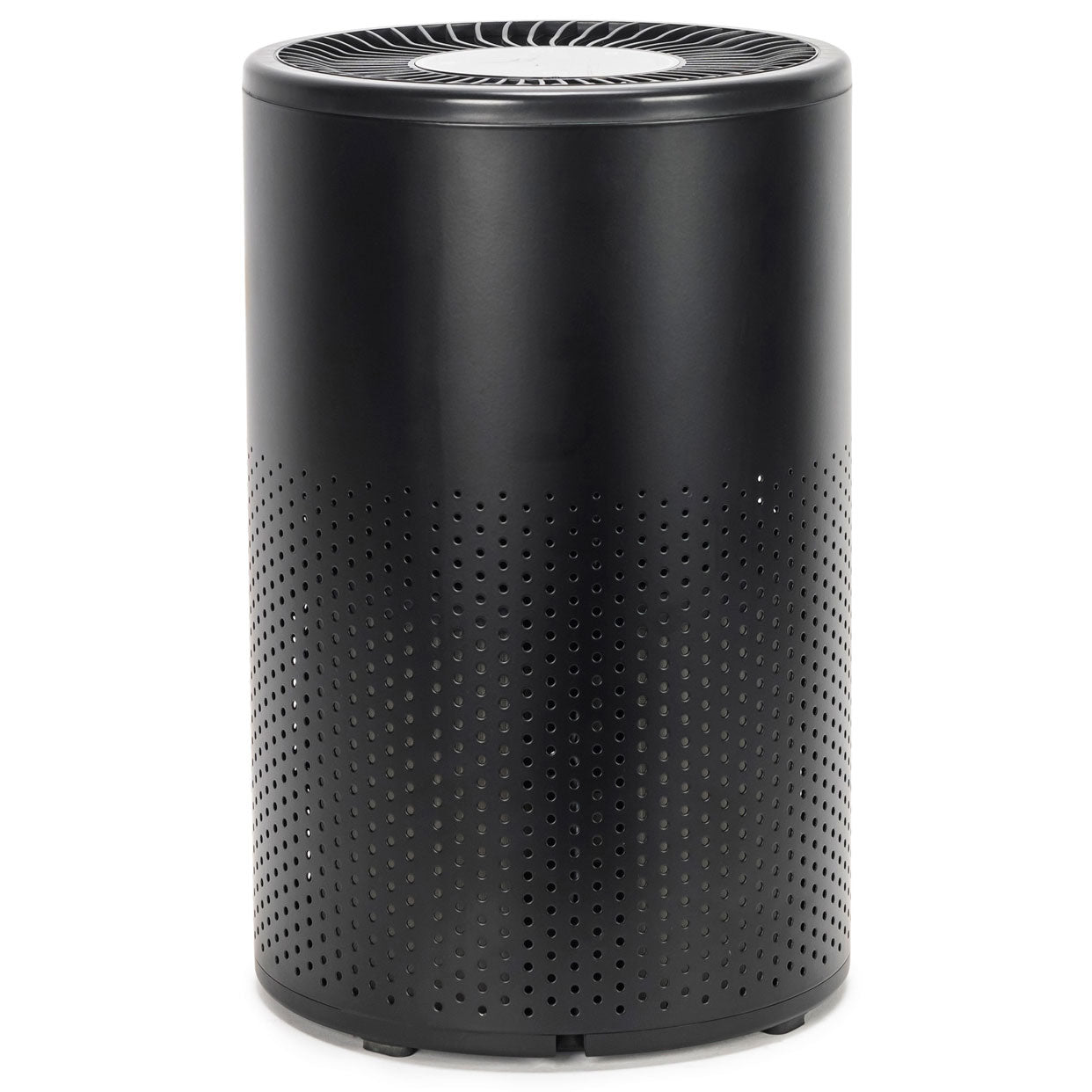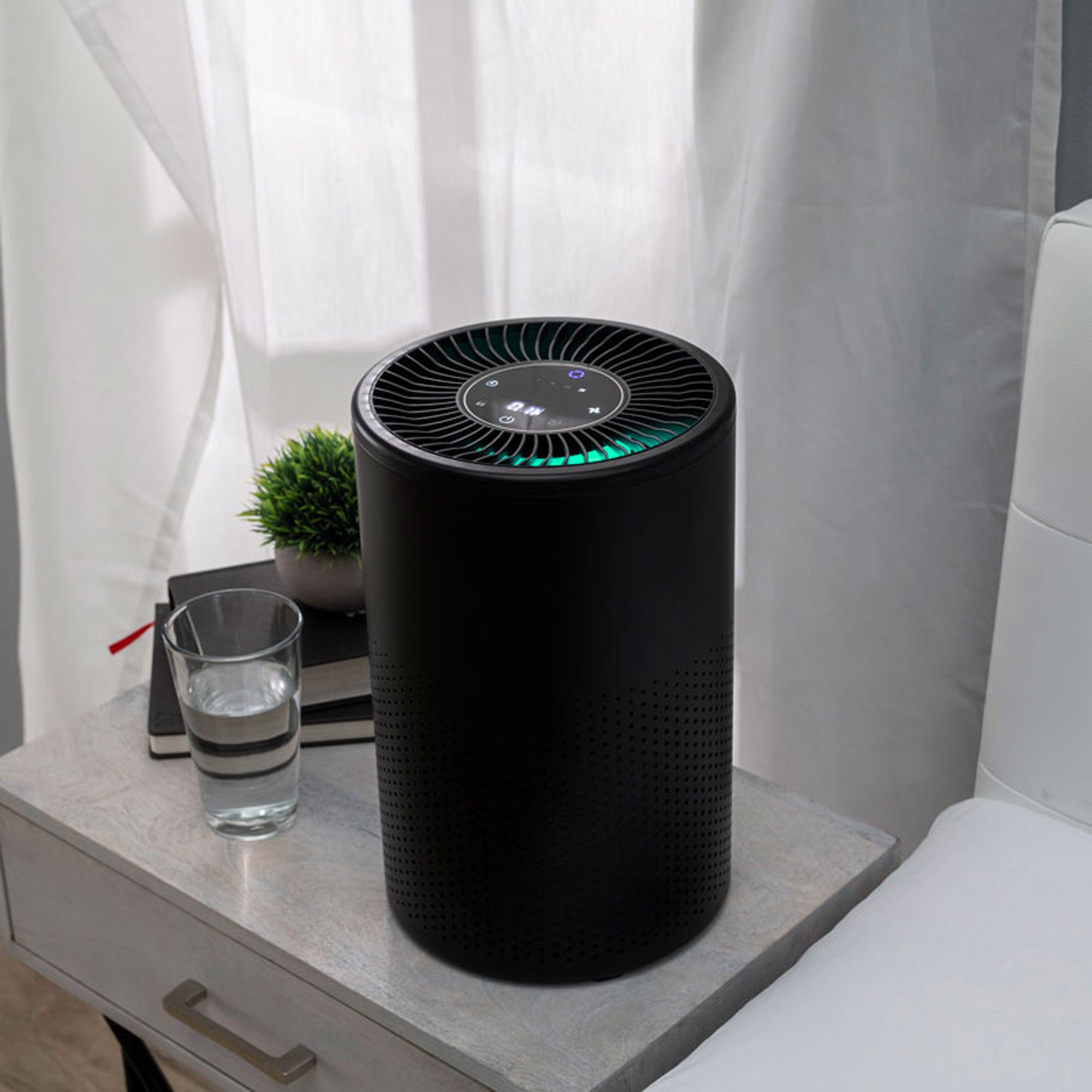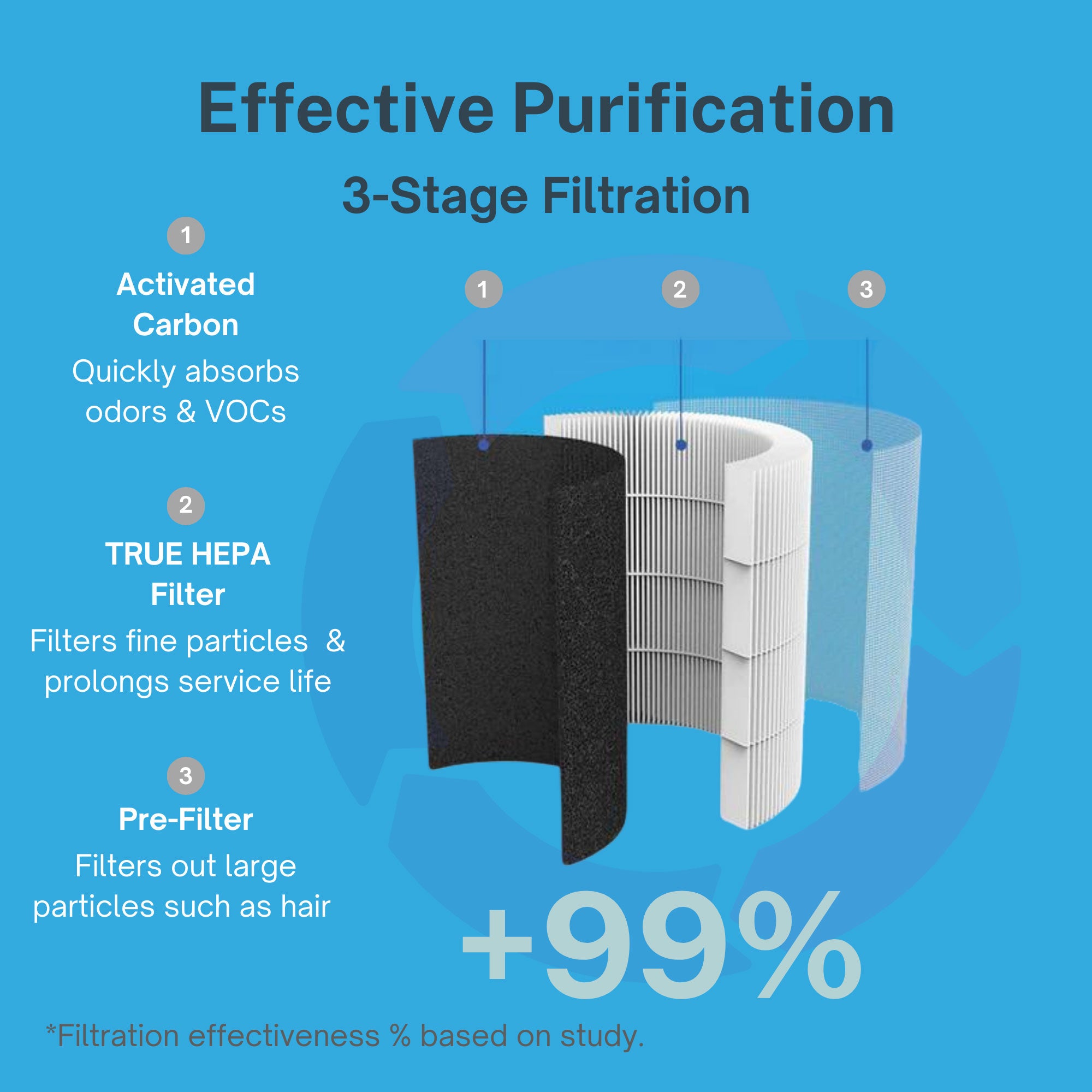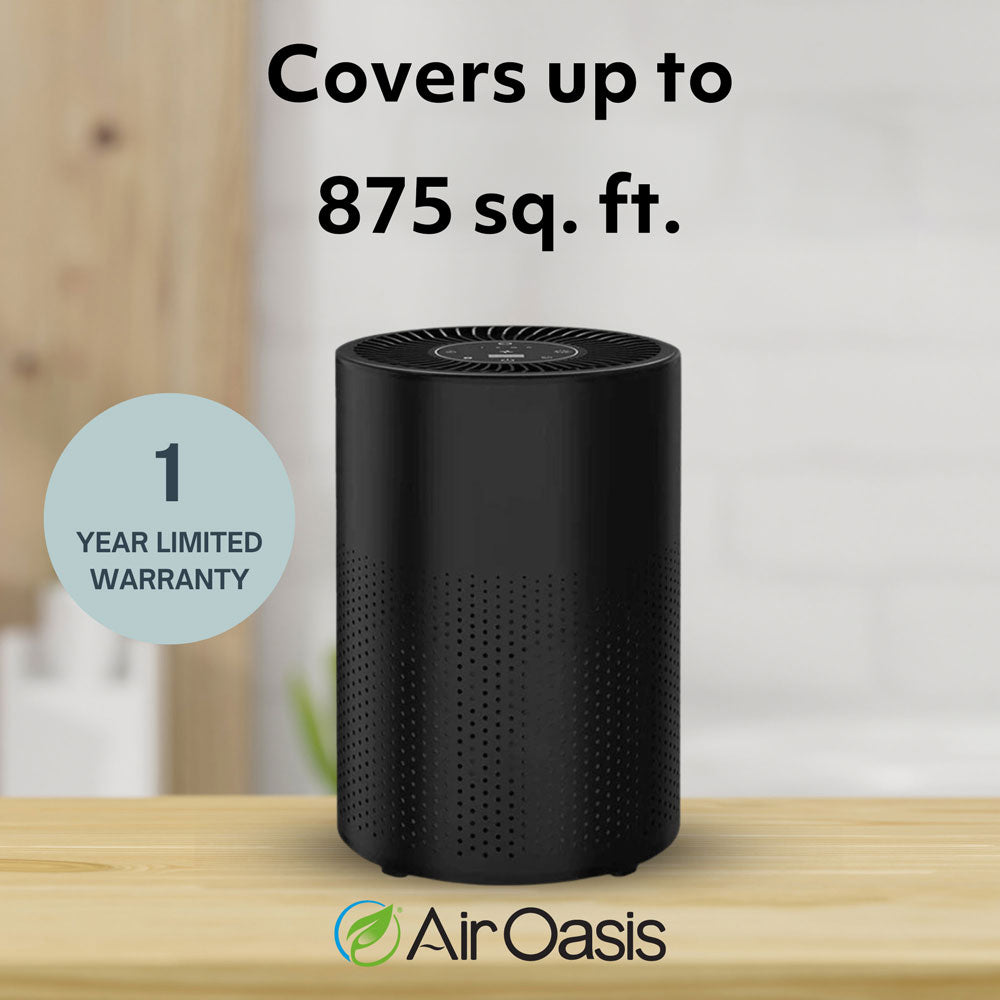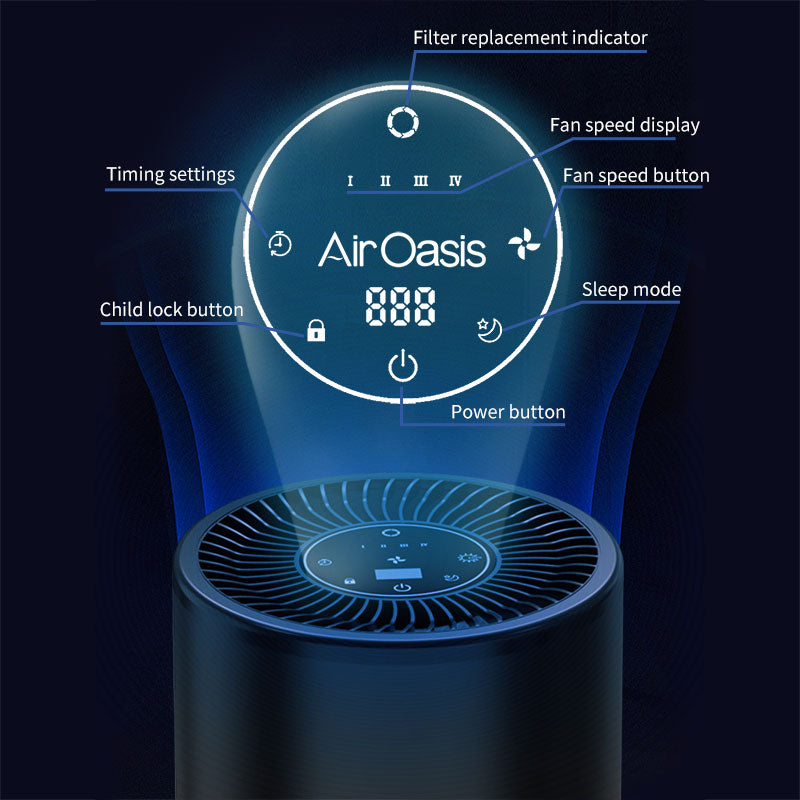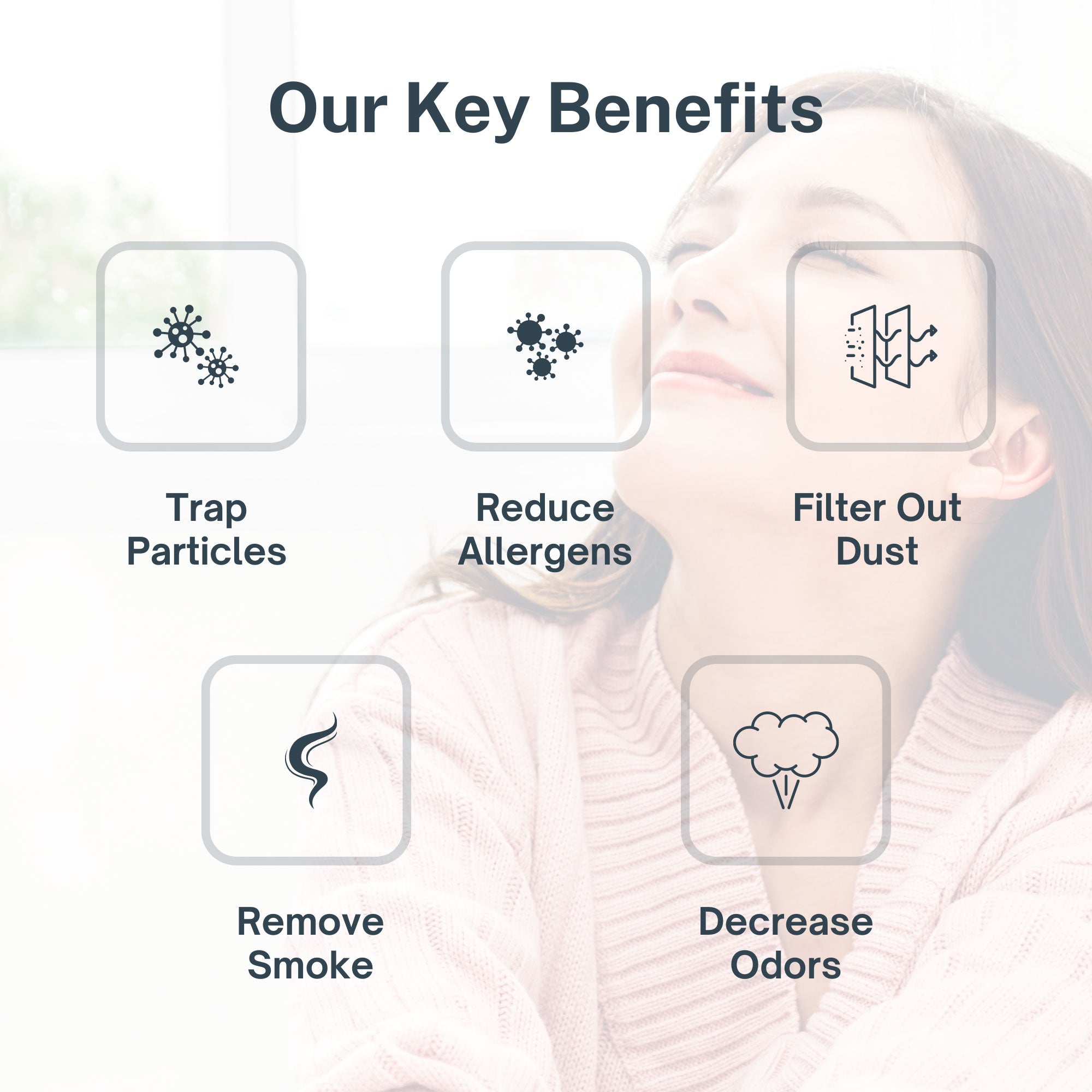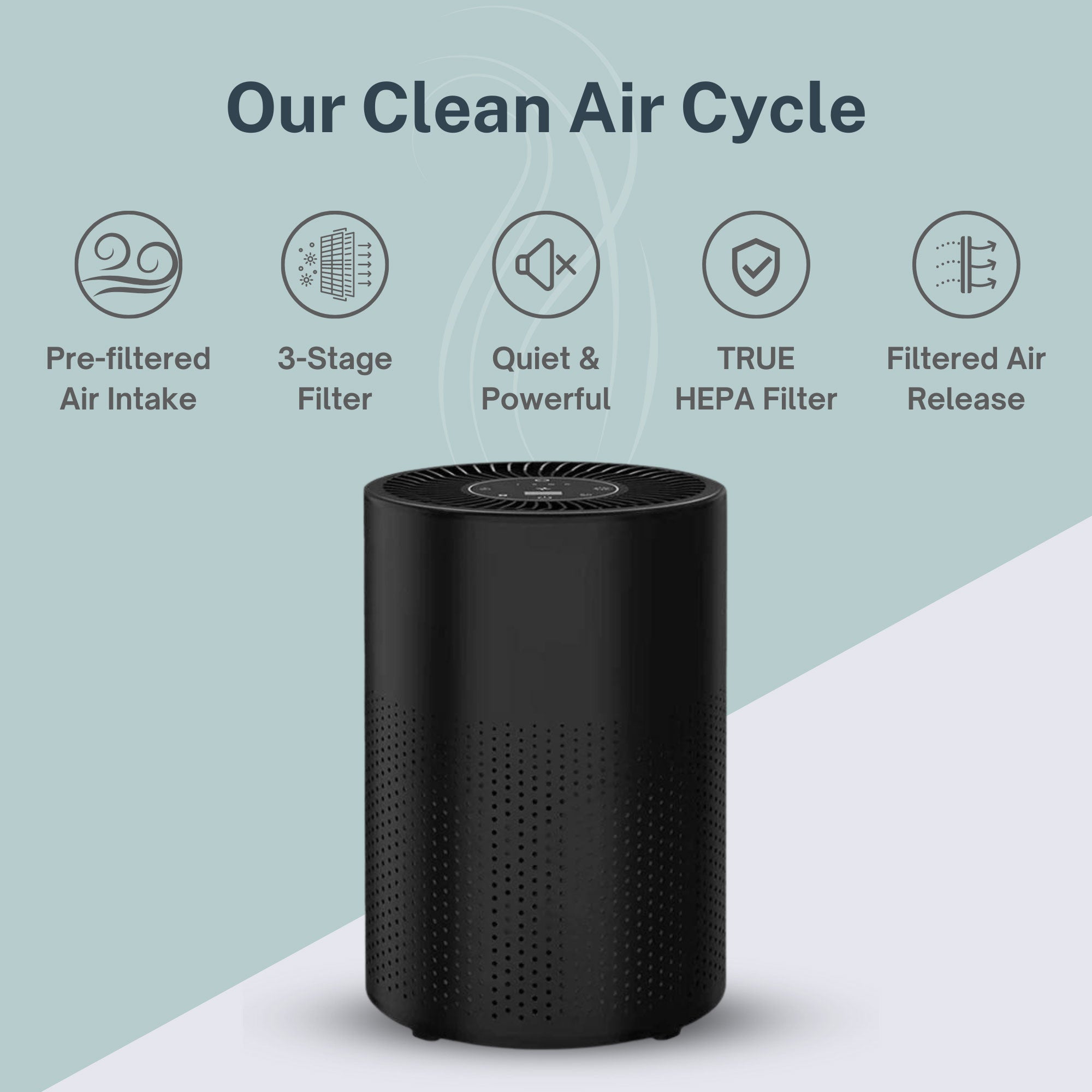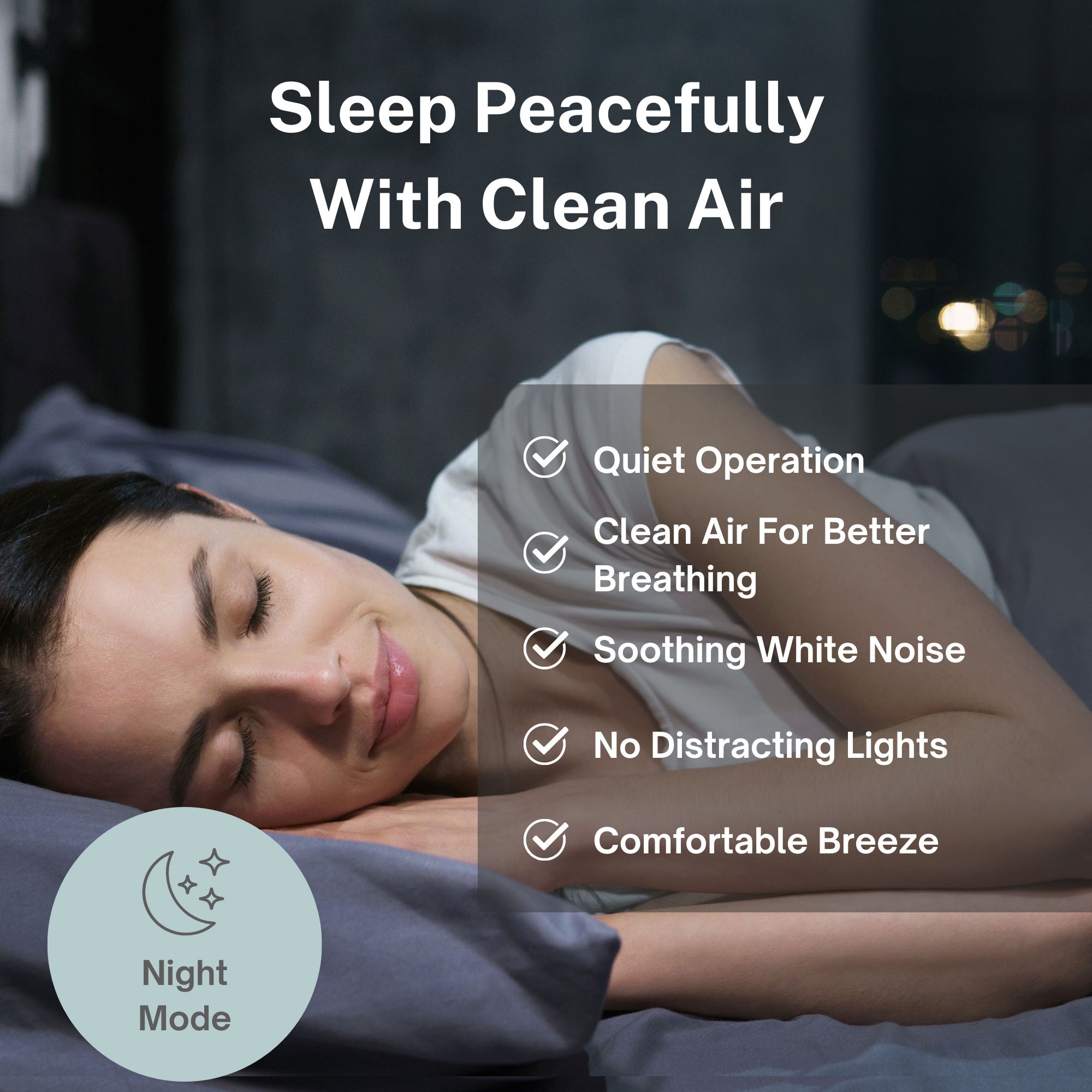Mold, like other fungi, plays a large ecological role, breaking down organic matter such as fallen leaves and dead trees. This function helps to “clean up” the outside world. These functions are great when outside, but without the unmatched ventilation of open air your home can be a breeding ground for mold.
Mold emits spores – aeroallergens similar to pollen that disrupt the wellbeing of people who come in contact with them. Mold spores are prevalent in forests and wilderness and travel through the air very quickly. People with mold allergies can have serious issues in such spaces. But mold spores in the home can create serious issues, especially when left unaddressed.
When mold finds dark, warm and moist conditions to settle indoors, it can reproduce rapidly and contaminate the air you breathe. And when you breathe in mold spores, your lungs and overall wellbeing can suffer.
This article will walk you through some of the negative health effects of mold, how it can spread throughout your home, and how you can test for mold in your house.
How Mold Impacts Your Health
The exact effects mold varies from person to person, but those most susceptible to mold’s symptoms are infants, children, the elderly, immunocompromised patients and people who suffer from asthma, allergies, and other respiratory conditions.
In addition to mold spores, mold also produces a wide variety of irritants and allergens. Some mold produces toxic substances called mycotoxins, which enter your body through your airways, skin, or from being absorbed in your intestines. When you’re exposed to mycotoxins, you may experience immediate health symptoms such as sneezing, runny nose, red eyes, skin rashes, headaches, fatigue or asthma attacks.
If you’re exposed to mycotoxins for extended periods, your symptoms can progress to more serious problems such as fevers, pneumonia, severe asthma attacks, liver damage, and opportunistic infections of the lungs, skin, and other organs.
Mold and mold spores are also part of a group of agents called biotoxins. As detailed by Chris Kresser, a recognized leader in functional and integrative medicine, “Nearly everyone will become ill when exposed to sufficient levels of these biotoxins, but most people recover once they are removed from exposure.” According to Dr. Ritchie Shoemaker, a pioneer in the field of biotoxin-related illness, roughly 25% of the population is genetically prone to developing chronic inflammatory response syndrome (CIRS), often referred to as “mold illness.”
If you’re sufficiently exposed to biotoxins and your immune system is triggered by an upper respiratory tract infection or tick-borne illness such as Lyme disease, you’re at risk to develop CIRS.
How Mold Spreads Throughout Your Home
The main cause of mold growth is uncontrolled moisture – the reason mold and mold spores are often found in water-damaged buildings. When water damage occurs, mold can grow in as little as 24 to 48 hours. And according to a Federal Facilities Council report, 85% of examined buildings had past water damage, and 43% had current water damage.
Cracks, holes and other imperfections in your foundation or exterior allow rain and water runoff to leak into your roof, walls, and basement. Even everyday tasks such as cooking, showering and laundry can contribute to moisture levels rising too high. And with poor ventilation, this excess water vapor can promote mold growth and reproduction. Temperature can contribute to moisture build up too. In the summertime, your air can become quite humid, and in the winter, water vapor condenses on surfaces.
Another, less obvious source of mold is air leakage. If you have an unfinished basement or a couple crawl spaces under living areas, mold growing in these moist areas can spread into your living space.
How To Test For Mold
The telltale sign of mold is its smell. Any sort of mustiness in your home shouldn’t be ignored. You should also regularly inspect potential problem areas for visible traces of mold growth – bathrooms, basements, window sills, under sinks and pipe fittings. Also check your drain pipes for proper drainage away from your house, and clean out your gutters. Clogged gutters or drains can force water back into your roof or basement if they’re not draining properly.
Better than looking for visual cues of mold problems is testing your air for the presence of mold spores. Indoor air quality test kits allow you to test your indoor air quality for mold, bacteria and yeast. There are also professional services that follow specific sampling protocols and sampling methods to run tests to assess your indoor air quality and determine if you have a problem.
What to Do if You Have a Mold Problem?
If you’ve confirmed or suspect that you have a mold problem, your first step is to find its source. If you haven’t already checked the noted problem areas, look there for visible signs of mold.
One of the simplest solutions to reducing the mold in your home and improving your indoor air quality is to reduce the level of moisture in your home and improve ventilation. This way, when moisture is produced, it can be managed effectively.
Even if you take this step, you should consider an air purifier to totally eradicate mold and many other toxins. Before you buy any air purifier, make sure it can both clean your air of the mold you’ve already found and prevent the spread of mold spores and other contaminants throughout your home.
Lastly, if you fear you have severe mold issues, you may want to look into a mold eradication service. Though it will be costly, it will ensure that you get rid of all mold contamination and fix the true sources of your issues.
If you're dealing with mold in your home or business, Air Oasis can help you achieve clean indoor air again. Browse our Air Purifiers for Mold today. If you have questions or you’d like to discuss concerns, we’d love to hear from you! Contact Air Oasis online or give us a call at (806) 373-7788 to speak to a team member.

